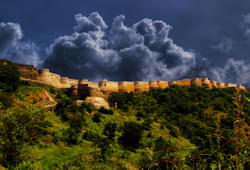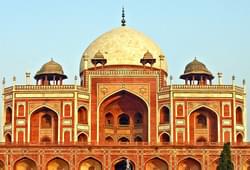Best Time to Visit Jaipur
Best Time
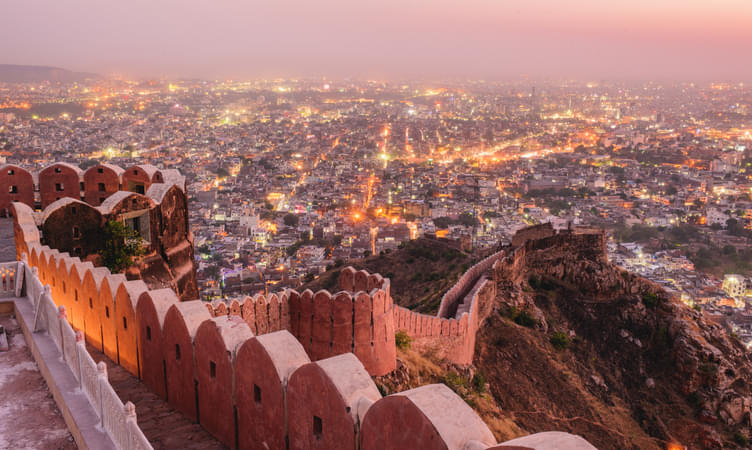
Being a semi-desert area and filled with numerable places to visit, Jaipur attracts millions of visitors every year. However, the Pink City has certain favorable times to visit.
According to Jaipur travel guides, the best time to pay a visit to Jaipur is from October to March. During these months, the heat level remains moderate, followed by pleasant weather. Thus, moving around the city becomes easier and more convenient.
Winters in Jaipur are normally an affair of mist and magic. While pleasant climate and a bright sun are persistent during the daytime, the atmosphere starts to change during the evening. Nights are accompanied with mist and temperature can fall down to 5 degrees, which makes them quite chilly and the weather remains foggy till the morning.
Palaces
City Palace

Among all the palaces included in Jaipur Travel Guide, the City Palace has served the most important role in Rajasthan’s history. Since Maharaja Sawai Man Singh moved into this palace, City Palace is serving as the residence to the royal families of Jaipur. Over the last few centuries, it has seen many majestic celebrations, which include royal marriages and festivals of the royal family.
Built during 1729-1732, City Palace is a remarkable example of the combination of Mughal and Rajasthani architecture. Remnants of European architecture can also be found. Mubarak Mahal and the Chandra Mahal comprise the main palace complex. Mukut Mahal, Maharani’s Palace, Shri Govind Dev Temple and the City Palace Museum also lie within the premises of this palace. Entry to city palace is quite affordable and remarkable as well.
The Pitam Niwas Chowk, also known as ‘Peacock Gate’ is the gateway to Chandra Mahal. It is a finely decorated place with motifs of peacock, which represents autumn. Several other paintings and artefacts are engraved on this gate. Some of them depict the replicas of Hindu Gods and all the four seasons in India.
Diwan-i-Khas and Diwan-i-Aam, which served as the royal and public meeting venues for the kings are ornamented with crystal chandeliers. Marble floors and minutely painted designs and shapes on the ceiling of both these chambers offer the most captivating view. Diwan-i-Khas possesses two massive urns, crafted out of pure silver. These urns were used by the Maharaja to carry holy water of the Ganges, while he was on his trip to England.
Entrance of Diwan-i-Aam is fringed by two replicas of elephants, which were carved out of a single piece of marble. This extremely decorated chamber has been converted to a museum, displaying miniature paintings of the Mughal and Rajput eras, and handwritten scriptures of Bhagavad Gita. ‘Takth-e-Rawal’ or the ‘Golden Throne’ has been installed in this gallery.
Jantar Mantar, the astronomical observatory is a part of the City Palace complex. City Palace is a not-to-be-missed palace in the Jaipur Travel Guide and a major landmark of Jaipur with a rich historical heritage.
Hawa Mahal
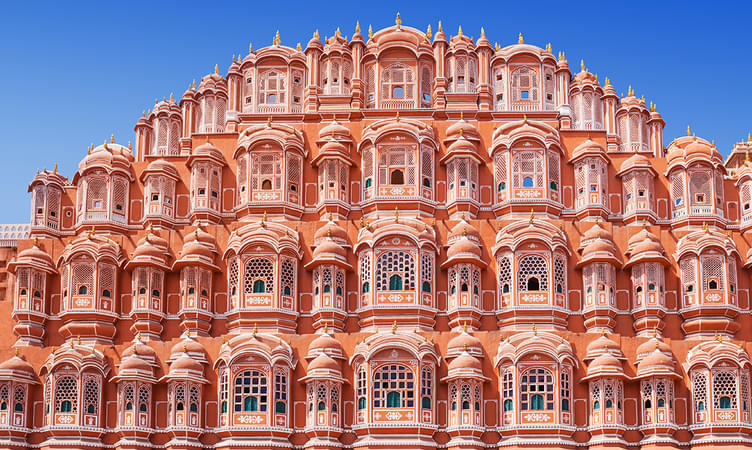
Hawa Mahal is also one of the important palaces in the Jaipur Travel Guide. Built in 1798 by Maharaja Sawai Pratap Singh, it has a five-storey building, whose windows are decorated with intricate latticework.
Hawa Mahal has a total of 953 windows, designed in a unique honeycomb shape. These windows resembles to the shape of Lord Krishna’s crown. The latticework on the windows allows a passage to the royal ladies to observe life outside the palace, restricting outsiders to have a glimpse of them. Situated in the heart of the city, it is a part of the City Palace.
The palace is built in red and pink sandstone and it is a fine example of the lively fusion of Rajput and Mughal architectural styles. The overhanging covering and pillars in this palace are ornamented and carved with floral designs that symbolise Rajputana style. On the other hand, the arched stone works of this palace reflect Mughal art and culture.
Hawa Mahal served as one of the favourite palaces of Maharaja Jai Singh, who oftenly visited this palace to beat the scorching desert summers. The windows in this palace are designed in a unique way: they always allows cool breeze into the main courtyard and the rooms within the palace. Fountains in front of the palace were constructed to enhance this cooling effect.
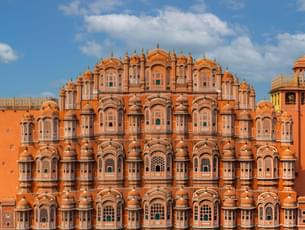

- 5H

- 3H
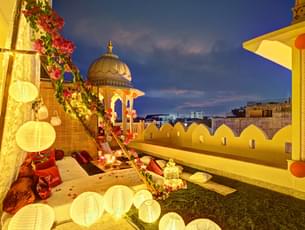
- 2H
Amber Fort and Palace
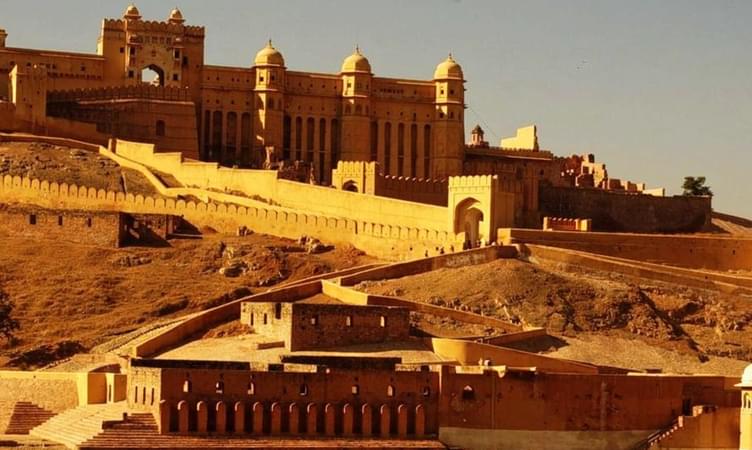
Located in Amer Village, amidst the scenic backdrop of a hilltop called 'Cheel ka Tila' on the Aravalli Hills, Amber Fort and Palace is one of the primary destinations in Jaipur Travel Guide. The entire palace is built with red sandstone and marbles. Maota Lake flowing at the foothills of Aravalli Hills always blesses the fort with cool and pleasant climate.
Also called as Amer Fort, Amber Fort is divided into four main sections. Each of these sections has its own entry gate followed by a courtyard. Jaleb Chowk is the first and the main among all the four courtyards. This East facing courtyard was meant for royal parades after carving victory in the battles.
Amber Fort can easily be reached from Jaipur. Jeep Safaris or Elephant Safaris are available for visiting this majestic fort. It opens its doors to the perfect blend of Hindu and Mughal architecture, which shows the grandeur of yesteryears with its elaborate art and mirror work.
Some of the places to visit here are the Shila Mata Temple, Jas Mandir and the splendid Sheesh Mahal. With brilliant paintings, stone and mirror work are exceptional here.
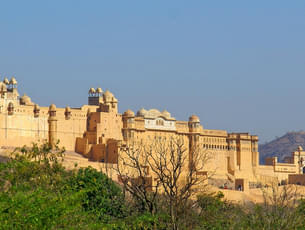
Jal Mahal

Jal Mahal or the Water Palace is another astonishing palace in Jaipur and is surely a must-visit place in the Jaipur Travel Guide. Away from the bustling life of Jaipur, Jal Mahal is located in the middle of Man Sagar Lake, which offers a tranquil and serene ambience around the palace. Maharaja Jai Singh II, the ruler of Amber, built Jal Mahal.
While the evergreen Aravali Hills provides an enticing background, the water body of 300 acres around the lake boosts up the grandeur of this palace. Out of five storeys of the palace, four storeys remain underwater when the lake is completely filled with water.
Due to water logging problems in the recent past, Jal Mahal had to undergo a series of severe threats. However, the government started renovation work to conserve and uplift the magnificence of this historical palace. Dams and water bodies around this palace have been significantly restored.
The lake, which was once a hotspot for various species of migratory birds, is regaining its old fame. Traditional boats, crafted in Rajputana style are available on the banks of the lake, which takes the visitors to the palace. Nights offer the most panoramic view of Jal Mahal, as the entire palace is illuminated and the lake water reflects the beauty of this glowing palace in an alluring way.
Forts
Jaigarh Fort
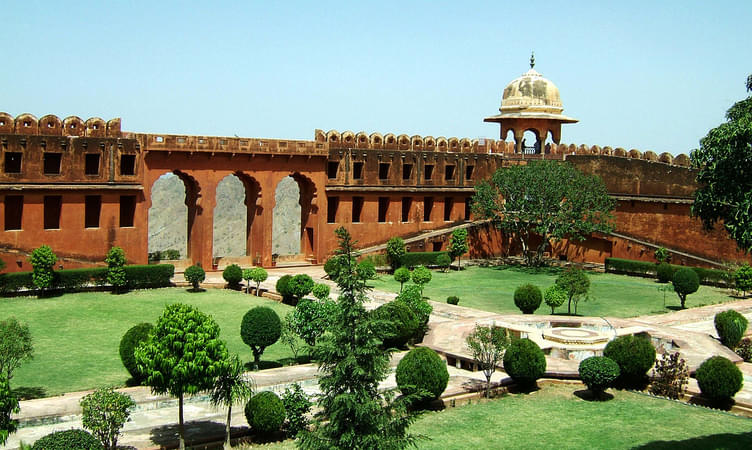
Built in the year 1726 by Jai Singh II, the Jaigarh Fort of Jaipur is also known as the ‘Fort of Victory’. It is located on a rocky plain of the Aravalli range. Huge impounding walls and watchtowers guards Jaigarh Fort. Walls of this fort were built with red sandstone and their thickness helped them to counter enemy attacks.
The architectural layout of this fort is quite similar to Amber Fort and it was constructed to tighten the security of the royal families. Granaries, water reservoirs and storage system of Jaigarh Fort are very remarkable.
They were constructed in such a way that people living within the fort can have sufficient supply of food and fresh water for quite a longer period. Due to this reason, architectural experts of modern times call this fort as one of the best and most self-sufficient forts in Jaipur.
This fort has also served as one of the major cannon foundries to the Rajput and the Mughal kings. Availability of iron ore around this fort made it a major destination to produce arms and ammunition.
This fort now houses a museum, which highlights some of the primary cannons and other weapons used by the kings. Jaivana Cannon, the world’s largest cannon on wheels was manufactured in the foundries of this fort. The cannon is now on display in the museum.

- 8D/7N

- 6D/5N

- 6D/5N
Nahargarh Fort
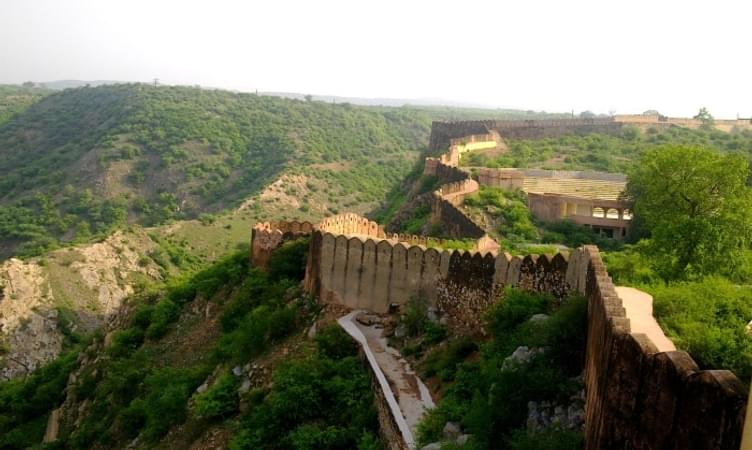
Jai Singh II built the Nahargarh Fort, which is also called the Tiger Fort, with the aim of providing strong defence to the city. Standing majestically on the edge of the Aravalli Hills, Nahargarh Fort is the best place to view the splendid beauty of the Pink City from. The walls of the fort are extended over the hills to form fortifications that connect it to Jaigarh Fort.Nahargarh fort is best epitome of rich cultural heritage of jaipur.
This fort was used as a place of protection for the Europeans including the British wives of the region during the first war of Indian Independence in 1857. It was also the hunting residence of the Maharajas of Jaipur.
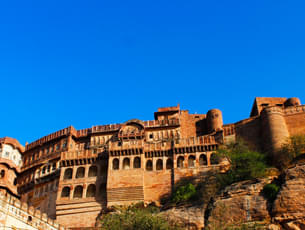
Fairs & Festivals
Teej Festival

Teej is the most important and rejoiced festival in Jaipur. In fact, it is widely celebrated in entire Rajasthan. It is the festival of swings and it marks the advent of the monsoon. Teej is mainly a festival for the women.
During the month of Shravana or August, women dress themselves in their most attractive attire and adorn themselves with all their jewellery. They try their best in beautifying themselves during this festival by applying lovely mehndi designs on their hands and wearing colourful bangles.
Teej is celebrated to commemorate the union of Goddess Parvati and Lord Shiva. Married women pray for the long life and safety of their husbands, while the unmarried girls pray for a desirable match for themselves. The celebration runs for two consecutive days, followed by processions and other activities.
Kite Festival
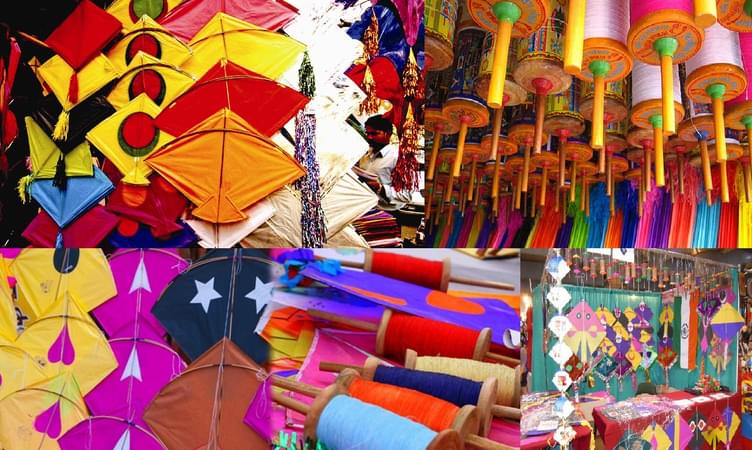
Ever since Jaipur was painted in pink, it never changed its colour and flamboyance. However, the open blue sky of Jaipur does change its colour once every year. This phenomenal change occurs on the eve of every Makar Sankranti celebration, the 14th day of January, when thousands of kites of different shapes, sizes and colour fill up the sky of Jaipur.
The Kite Festival marks the transitional journey of the sun. Celebrated for three consecutive days at the Rambagh Polo Ground, this festival has turned out as one of the most significant happenings in the list of Jaipur Travel Guide. Increasing popularity of this festival has been luring kite lovers from various corners of the world to display their artworks and skills of kite flying.
Devotees take a pilgrimage to the sacred Galtaji Temple and take a dip in its holy ponds. By offering pujas to the Sun God, devotees pray for their good health, wealth and harvest.
During the evenings, the Jaipur sky gets illuminated with flamboyant fireworks and kites carrying lamps. The beguiling beauty of the night sky lasts for three days and ends at the Umaid Bhavan Palace on the third day, where the Maharaja felicitates the winners with awards and trophies. The winners also get a chance to dine with the Maharaja.
Elephant Festival
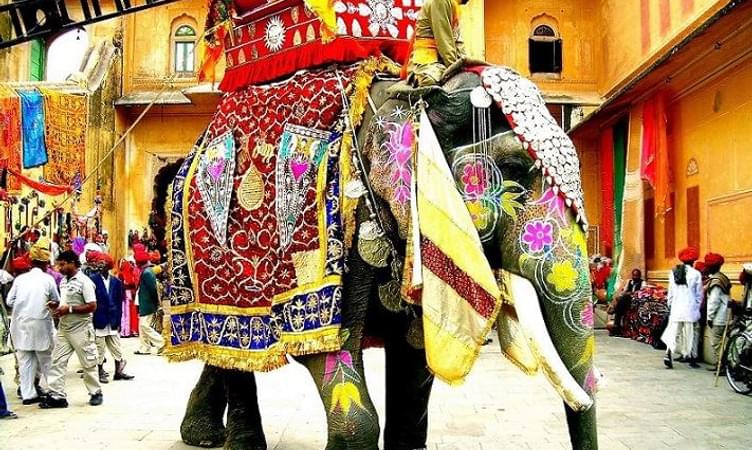
Jaipur, the royal capital of India turns out as one of the imperial ramps during the month of March. These ramps are solely meant for a spectacular catwalk of elegantly decorated elephants.
On the eve of every full moon day of Phalgun Purnima, a day before Holi, entire Jaipur celebrates the Elephant Festival in a royal way. Since the elephant-headed god Ganesha is worshipped during this festival, great care is taken to decorate the elephants in the most joyful way.
Female elephants are the primary participants of this festival. The mahouts spend days in decorating these giant mammals by colouring their trunks, ornamenting their tusks and putting anklets on their feet. The mahouts also put on their traditional attires and colourful turbans while participating in this festival.
Anklets on the feet of the harmonically marching elephants produce sounds that fill the atmosphere with musical notes. After the spectacular march at the Chaugan Stadium, these elephants take part in Polo and perform several activities like tug-of-war and racing events.
After all the events get over, the guests mount these elephants and engage in playing Holi from the backs of these gigantic animals. The entire festival is itself a mesmerizing show!
Jaipur Literature Festival
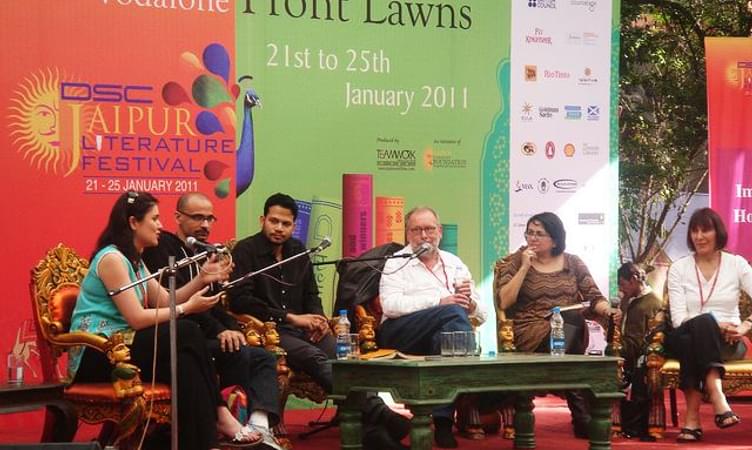
Jaipur might be the imperial abode of forts and palaces, but over the last few years, this city has carved its name in the history of literature world. Since 2006, Jaipur has been hosting the largest literature festival in the country, the Jaipur Literature Festival.
The Jaipur Literature Festival has been called as the grandest of all literary festivals in India. Renowned writers from all over the world take part in this festival. Inaugrated in 2006, Hari Kunzru, Shobhaa De and William Dalrymple were among the eighteen popular writers, who attended this festival in 2006.
Immense success of this festival has drawn several best-selling writers and other dignitaries from different countries. The list of invitees to this festival also includes eminent writers like Salman Rushdie, Hanif Kureishi, Oprah Winfrey, Geoff Dyerr, and the list continues.
It is a five-day literature festival, which is held every January. The renowned Diggi Palace Hotel in Jaipur is the official venue of this literary fest. It is an open festival that also showcases local ethnicities of Jaipur and other parts of the world.
Gangaur Festival
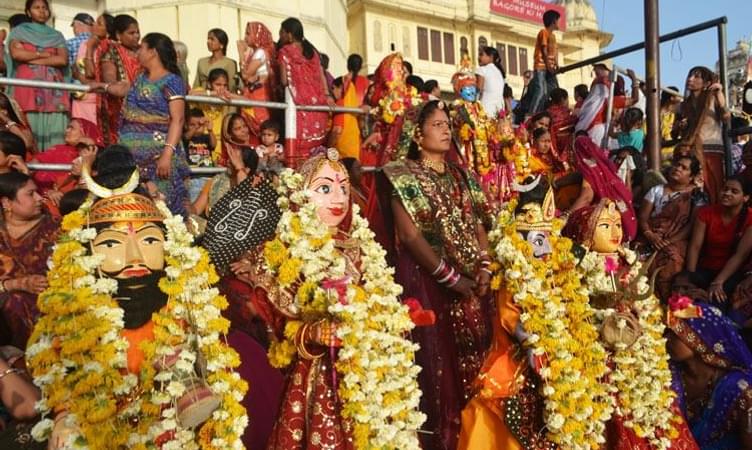
With the befalling of Chaitra month (March-April), women in Jaipur and other parts of Rajasthan start preparing for one of the most important festival of their lives, the Gangaur Festival. Celebrated for ten days, this festival is one of the longest running festivals in India.
Celebration starts from the very first day of the Chaitra month in the honour of Gauri, the eternal consort of Lord Shiva. Women make beautiful clay effigies of Gauri and Lord Shiva and paint them with their own hand.
While offering pujas, women eat only once and adorn themselves in the best possible way. While married women pray for the well-being of their husbands and a blissful marital life, unmarried girls pray for a desirable match for their future.
On the seventh day of this festival, women carry ‘ghudials’ or earthen pots atop their heads and take part in a procession. These pots are illuminated with a lamp placed inside, and holes on the body of the lamp make them appear to be a source of light.
This procession is headed by an elephant show and other amusing shows of folk artists. On the last day of the celebration, women break these pots and throw the pieces in nearby tanks and wells. They also immerse the effigies in water.
Pushkar Camel Festival
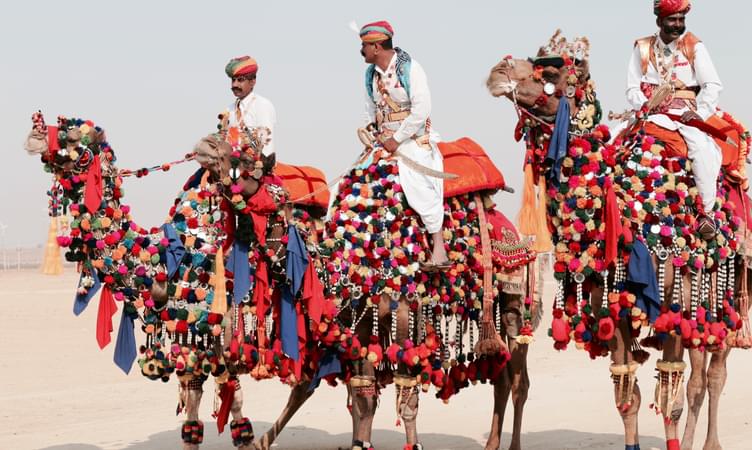
Moving around 150 km from Jaipur during the month of Karthik Poornima (October-November according to the Hindu calendar), you can attend the largest Camel Festival in the world.
Pushkar in Rajasthan, located close to Jaipur is home to the world famous Pushkar camel Fair or the Pushkar Mela. This fair is not only the pride of Pushkar, but it is also a proud affair for the entire Rajasthan. Attended by thousands of people, this fair takes place along the Pushkar Lake and is one of the best platforms to unfold the lively culture of Rajasthan and its everlasting bond with camels.
This fair is held on the full-moon day, or the 15th day of every Karthik month, and it mainly showcases buying and selling of camels and other livestock. Apart from the buying and selling of camels, this fair is also home to some very joyful events. Matka Phod, Longest Moustache and Bridal Competitions are some of the spectacular events.
Camels are the main attraction of this fair. During the fair, camels are decorated in the most graceful way with colourful bridles, sparkling anklets and more. Every owner of the camels tries his best in attiring his camels as brides as the fair also holds a competition for the most decorated camel.
During this fair, camels perform various aerobic stunts and display their skills in following their master’s commands. Competitions like tug-of-war and camel racing are the major attractions of this fair.
Jaipur International Film Festival
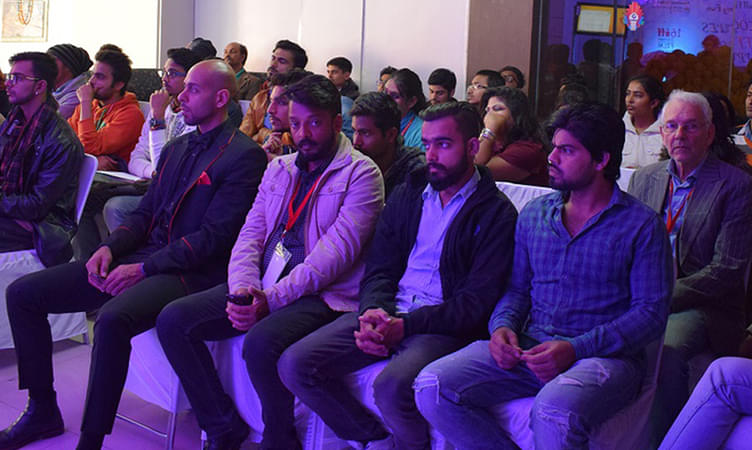
While Jaipur has already proved itself as one of the happening names in terms of cultural, literary and heritage festivals, it has also attracted the tinsel-town stars of India and other corners of the world.
Jaipur International Film Festival, an annual film festival held on the last week of January is one of the best platforms for moviemakers, actors and other personas related to film making. This festival also uplifts the newbies by supporting them in various ways.
A jury of expert members, belonging to the national or regional film industries selects the best film, documentaries and short films to cast in this festival. Enthusiasts from different countries have been attending this festival since it was inaugurated in 2009. It is a five-day festival and a global platform to share and explore ideas on filmmaking.
Food
Dal Baati Churma
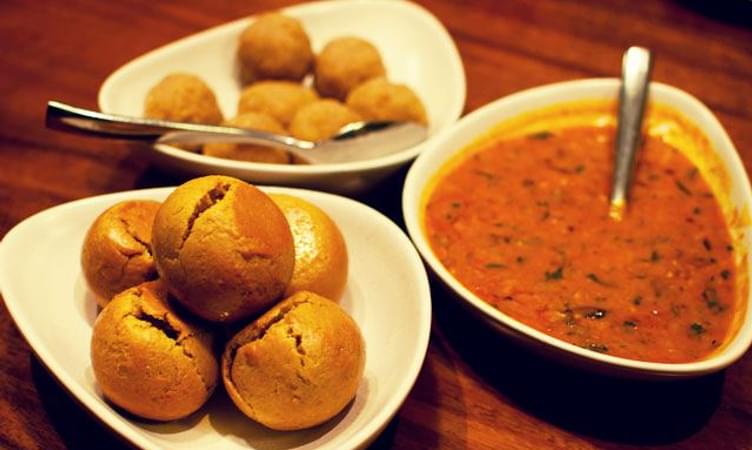
Each and every corner of Jaipur is flavoured with the aroma of Dal Baati Churma. A combination of three different elements: dal, baati and spicy chutneys, this dish can be found all across Rajasthan and is also considered as one of the most popular and appetising foods.
Baatis are baked or grilled balls of wheat flour. These balls can either be plain or stuffed with onions, peas and sattu. The stuffed balls are then baked accordingly and are served with an extra coating of pure ghee on them. Baatis are served with spicy dals and an addition of sweet and spicy churmas makes them even more delectable.
Ghevar
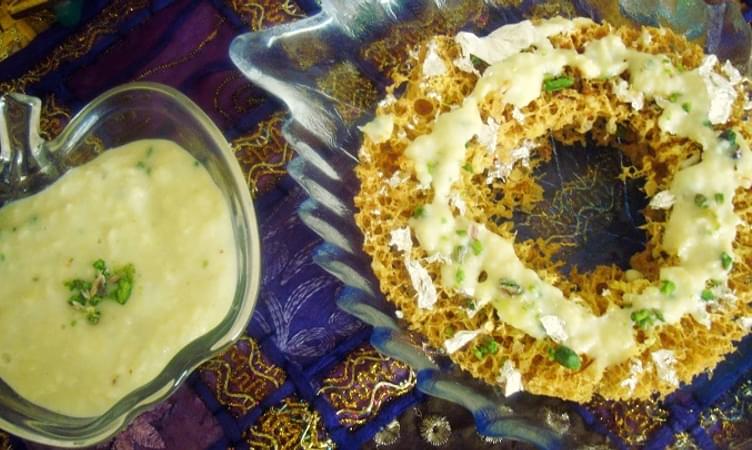
Ghevar is one of the commonly found traditional sweets in Jaipur. It is a deep fried disc shaped sweet, made of flour and dipped in sugar syrup. Addition of dry fruit makes it more tantalising. Ghevar is extremely popular among the natives of Jaipur and other parts of Rajasthan.
It is one of the commonly found sweets during the festive seasons of Jaipur, especially Teej and Gangaur. Increasing popularity of Ghevar has made it an easily available dish in other parts of India.
Laal Maas

Laal Maas or Red Meat is the most popular dish of the non-vegetarians of Jaipur. Right from the ages of the kings and maharajas, this dish has been tranquilising the taste buds of Jaipur’s food lovers. Basic ingredients of Laal Maas consist of pieces of mutton, deep fried with a mixture of traditional and exotic spices of Rajasthan.
During the olden days, Laal Maas was considered to be a dish only for the royals. The royal cooks even kept the recipe of Laal Maas secret from the commoners as well as from the royal women. However, Laal Maas can now be found all across Jaipur and its surrounding places.
Mawa Kachori
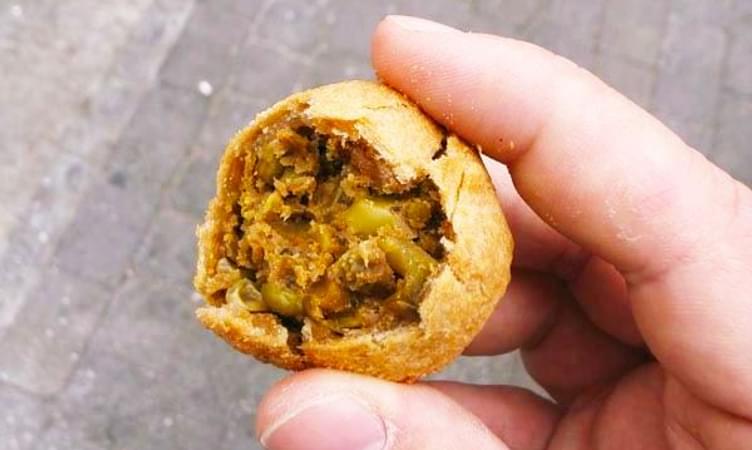
Mirchi Bada

Shopping
Bapu Bazar

Bapu Bazar is the best place to buy camel leather products in Jaipur. Located within the old city, this market is entirely dedicated to all types of leather goods. Bapu Bazar has an unmatched and its own standard for quality and design.
While wallets, belts, bags and lampshades are some of the best things to buy in Bapu Bazar, the legacy of this bazar lies in making 'Mojri' shoes. These shoes are the traditional footwear of Jaipur and are known for their elegant designs and durability. Beautiful embroidery work makes these shoes truly appealing.
Johri Bazar
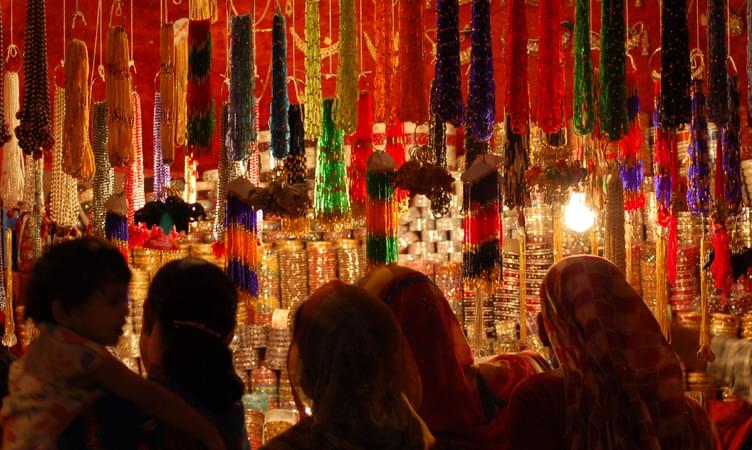
Built in 1727 by Maharaja Sawai Jai Singh, Johri Bazar is the largest marketplace and precisely the largest shopping mall in Jaipur. It is oftenly known as ‘shopper’s delight’ due to its varied range of shops and emporiums.
Occupied with more than 400 shops, Johri Bazar offers a wide range of shopping under one roof. This mall was mainly set up for the trade of precious gems and jewellery. It is the home to some of the finest jewellers in India. Some of the gem stores in Johri Bazar deal with the rarest and costliest gems in the world.
Boutiques in this mall offer an endless list of handmade sarees and lehangas. Some of the emporiums in Johri Bazar deal with sarees crafted with gold, silver, diamonds and other precious gems. Rooplaxmi, Rana Saree Emporium and Jaipur Saree Kendra are some of the glamorous shops for sarees.
Anokhi
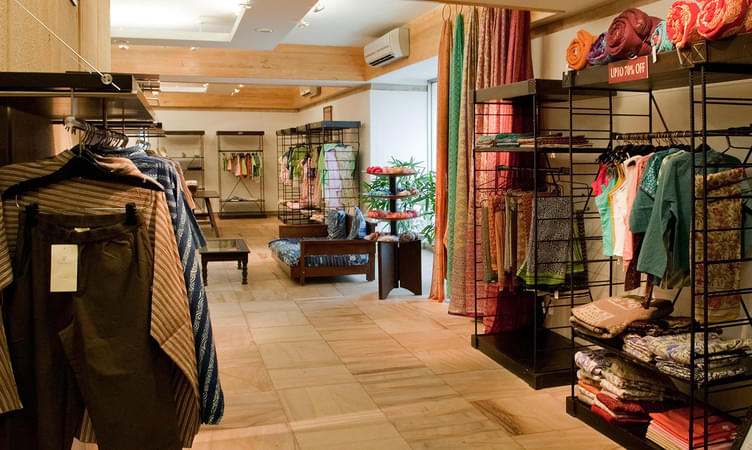
Jaipur handicrafts are known all over the world. Whether the leather products, precious gems and jewels or textile products, Jaipur has an unmatched standard. Talking about the textile products, especially the handicrafts, not many places in the world have been able to match Jaipur, which is the reason Jaipur's products are much more desirable than any of the other places.
Anokhi is one of the highly visited textile boutiques in Jaipur. Its quality and block printing textiles are very unique in their own way and they are the sole reason for Anokhi’s fame across the world.
Most of Anokhi's products are handcrafted and are accomplished by very skilled craftspersons. Beadwork, patchwork, embroidery and appliqué are some of the specialised fields of Anokhi.
To keep the traditional trend of Jaipur alive amidst the modern trend of dressing, Anokhi has set up a museum near Amber Fort called 'Anokhi Museum of Hand Printing'. This museum displays a wide range of block printed clothes and demonstrates how to preserve the traditional art.
Safaris
Hot Air Balloon Rides
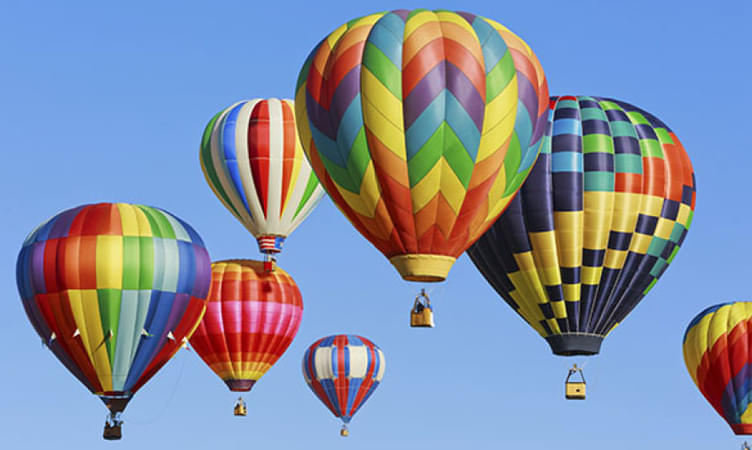
Not many places in India can bring in or match the experience of hot air ballooning in Jaipur. Though Jaipur favours ballooning in most of the seasons, ballooning over Jaipur during certain times, especially during the festive season will imprint a quintessence memory in the minds of the flyers.
Ballooning over the scenic landscapes of Jaipur during Kite Festival, Elephant Festival and Teej has its own charm. While Teej offers the flyers an opportunity to grab a bird’s view of the lively procession, the Elephant Festival is sure to fascinate the flyers with its enchanting beauty.
The experience of ballooning during Kite Festival is also one of its own kind. During this festival, the Jaipur sky is pleasantly trespassed with thousands of colourful kites. While flying during this festival, the colourfulness of Jaipur sky will overwhelm the flyers in the best possible way.
Other than the festive seasons, the duration from October to March is the ideal time to go for a hot air balloon ride over Jaipur.
Elephant Safari
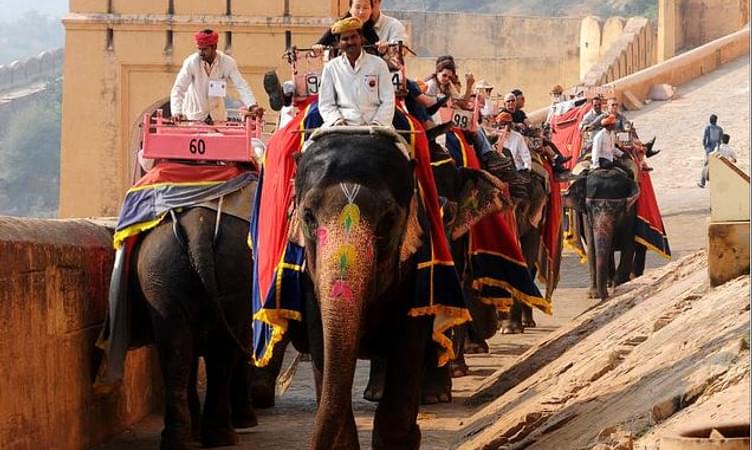
Jaipur has as eternal bond with elephants and Elephant Safaris are one of the best ways to go back to the era of imperial reigns.
Amber Fort Safari is the most popular among all the Elephant Safaris in Jaipur. While on this safari, the visitors can ride across the colourful villages, vast greenery, rocky hills and the magnificent monuments of Jaipur. These safaris start from the glorious Amber Fort.
Though morning and evening is the best time to go for an Elephant Safari in Jaipur, night safaris are also gaining popularity among the visitors. While on a night safari, the visitors can also opt for camping in the desert areas and enjoy a royal night in the desert.
Elephant Safari through the countryside of Jaipur also offers an admirable experience. This safari is conducted amidst the lush forests of the Aravalli Hills. The trip starts from an estate near the Amber Fort and takes the visitors for a 30 to 40 minute Elephant Safari. Jackals and antelopes can be sited very easily in this safari; hyena and wolf have also been spotted at times.
Jeep Safari
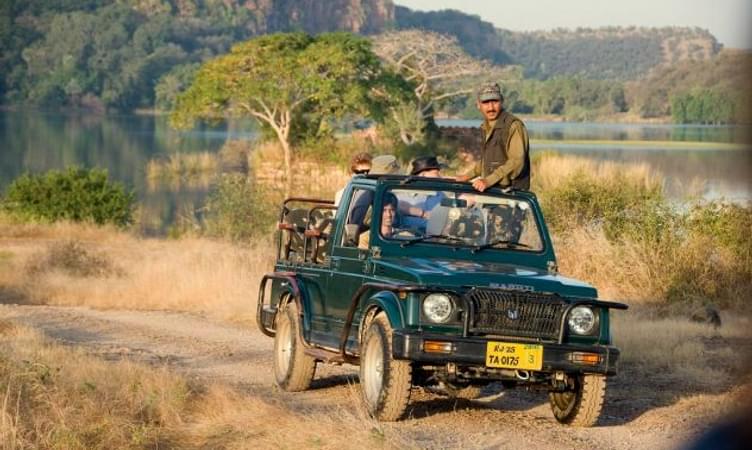
Jeep Safaris are also one of the popular safaris to unfold the mesmerizing beauty of Jaipur's countryside. The real shades of village life and the roots of Jaipur are still alive in the villages of Jaipur. Through this Jeep Safari, visitors can get an insight into the immortal culture of Jaipur.
Jeep Safaris are available from the Amber Fort to Dera Amer Camp. Options are also available for a one-way trip of 1 hour or a round trip of 2 hours. Dera Amer Camp organises these Jeep Safaris.

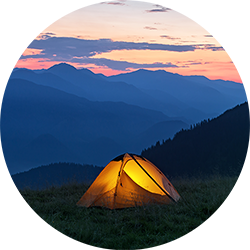







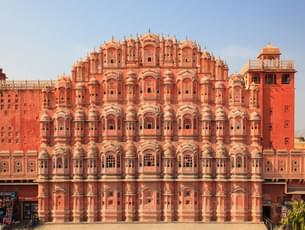
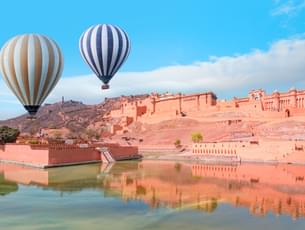


_1644488975.webp?w=305&h=230&dpr)
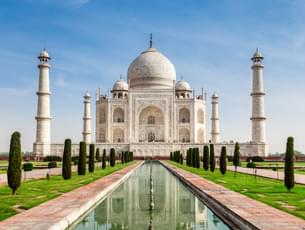

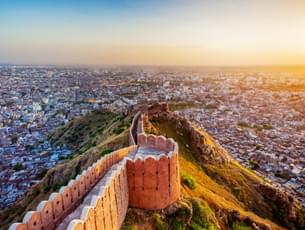

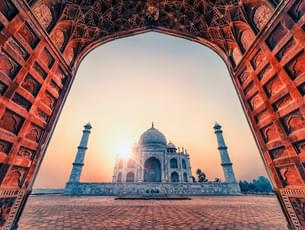

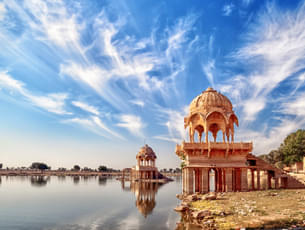
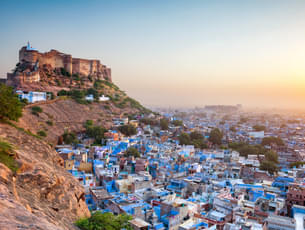

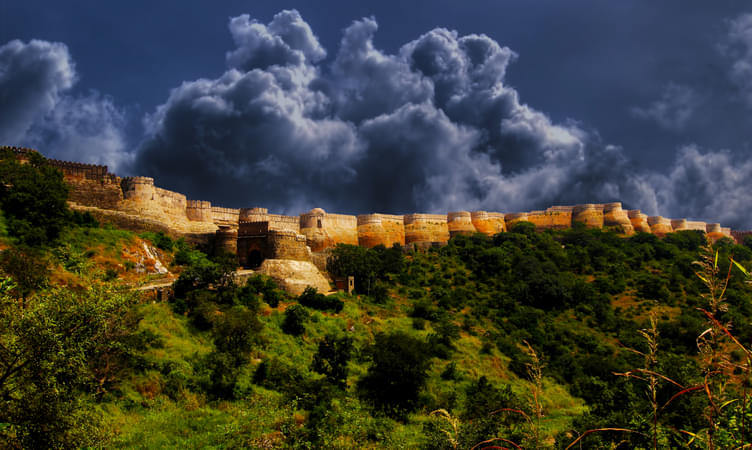






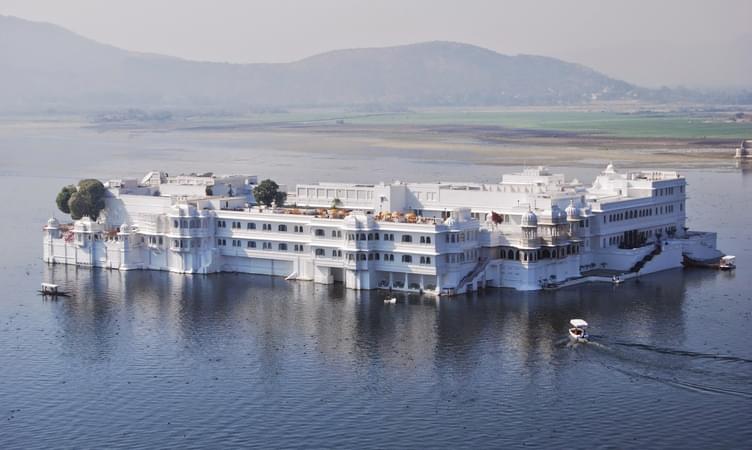





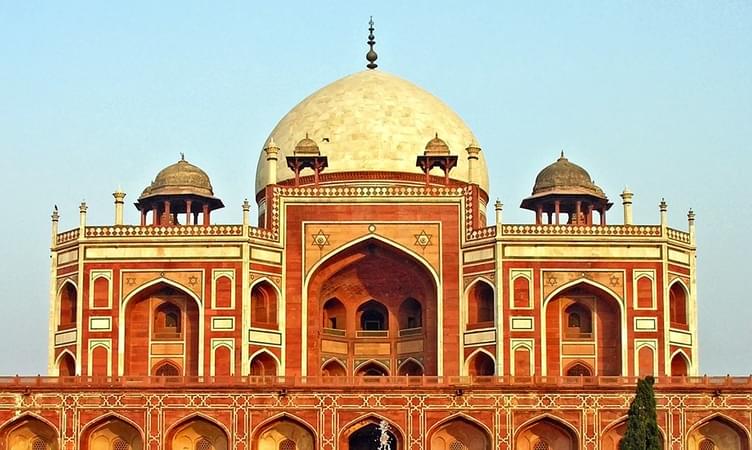






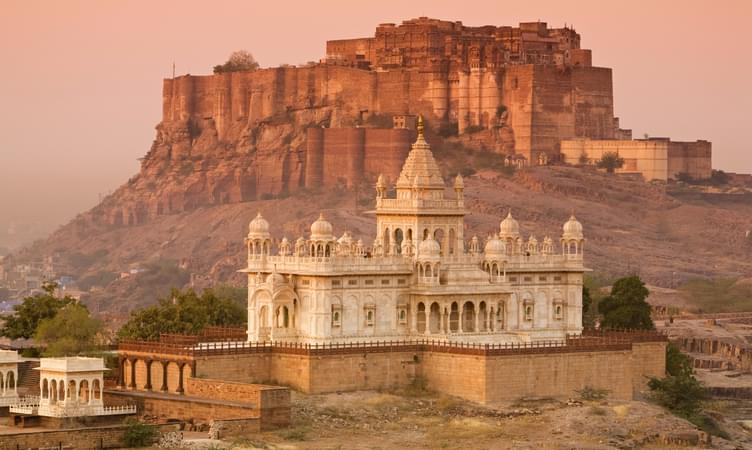










.jpg?gravity=center&width=90&height=90&crop=fill&quality=auto&fetch_format=auto&flags=strip_profile&format=jpg&sign_url=true)


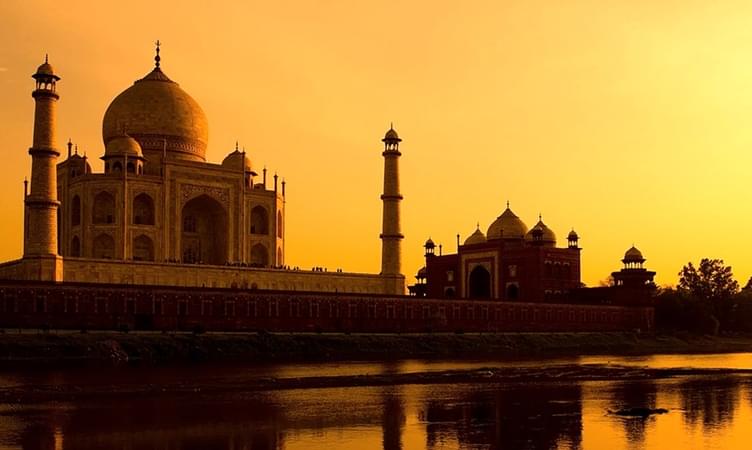






.jpg?gravity=center&width=752&height=450&crop=fill&quality=auto&fetch_format=auto&flags=strip_profile&format=jpg&sign_url=true)





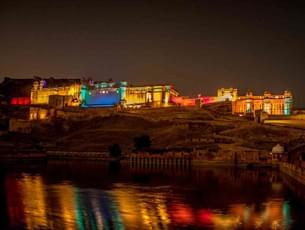
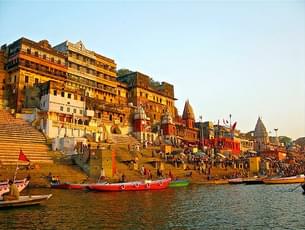


.jpg?w=305&h=230&dpr)





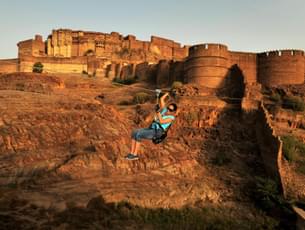
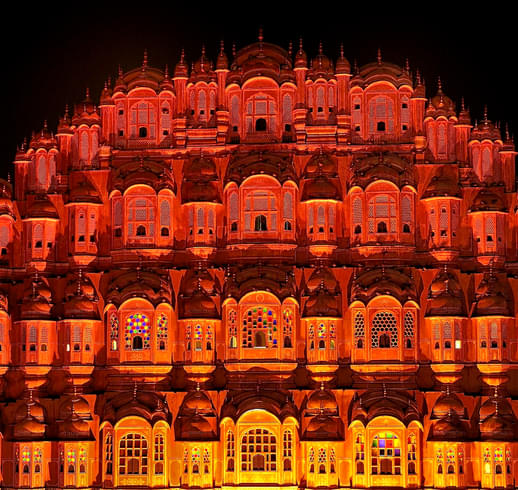
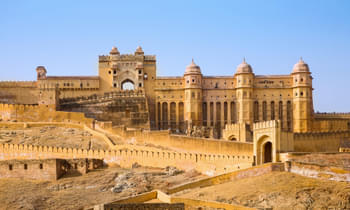

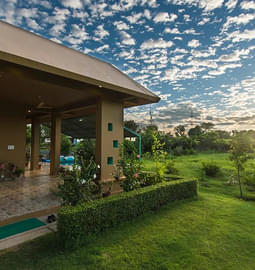






















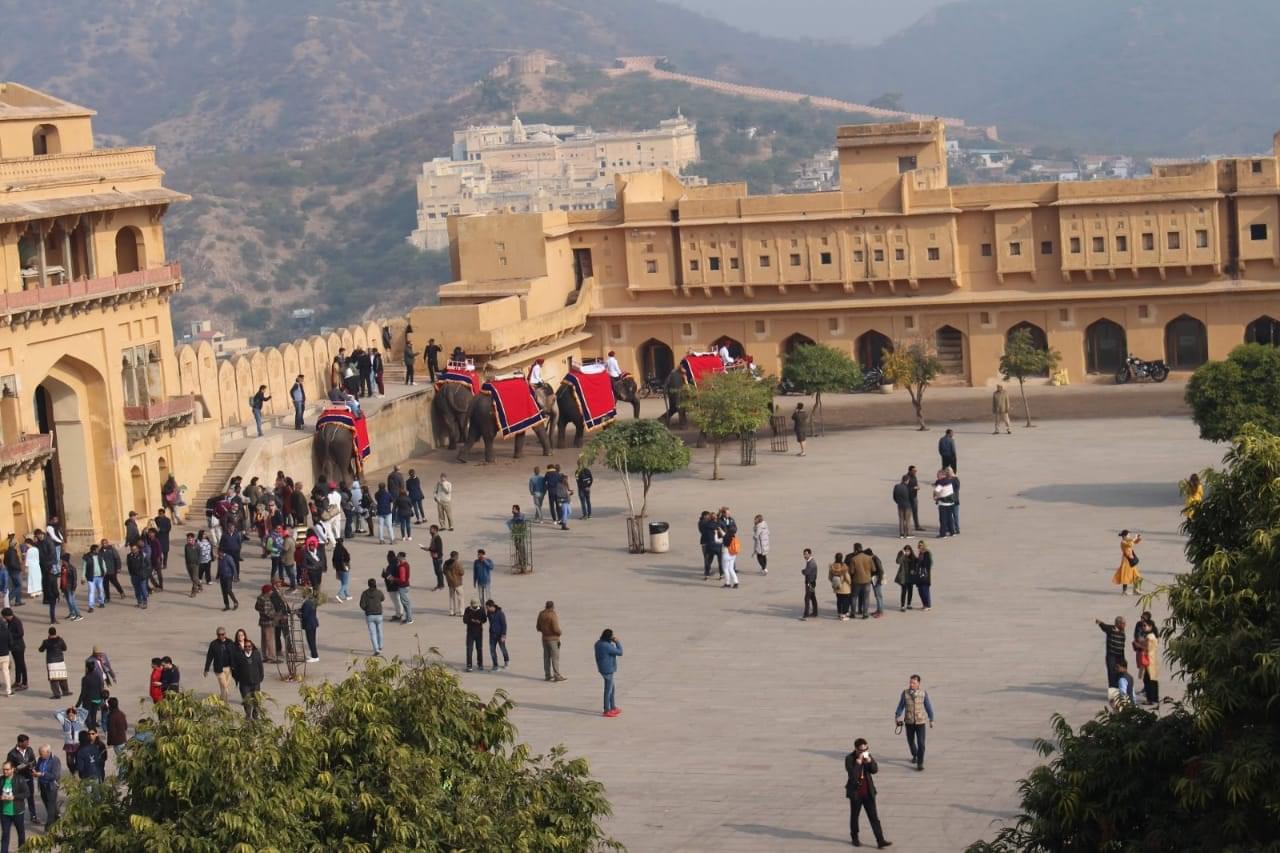
.jpeg?attachment_model=Upload&attachment_name=photo)
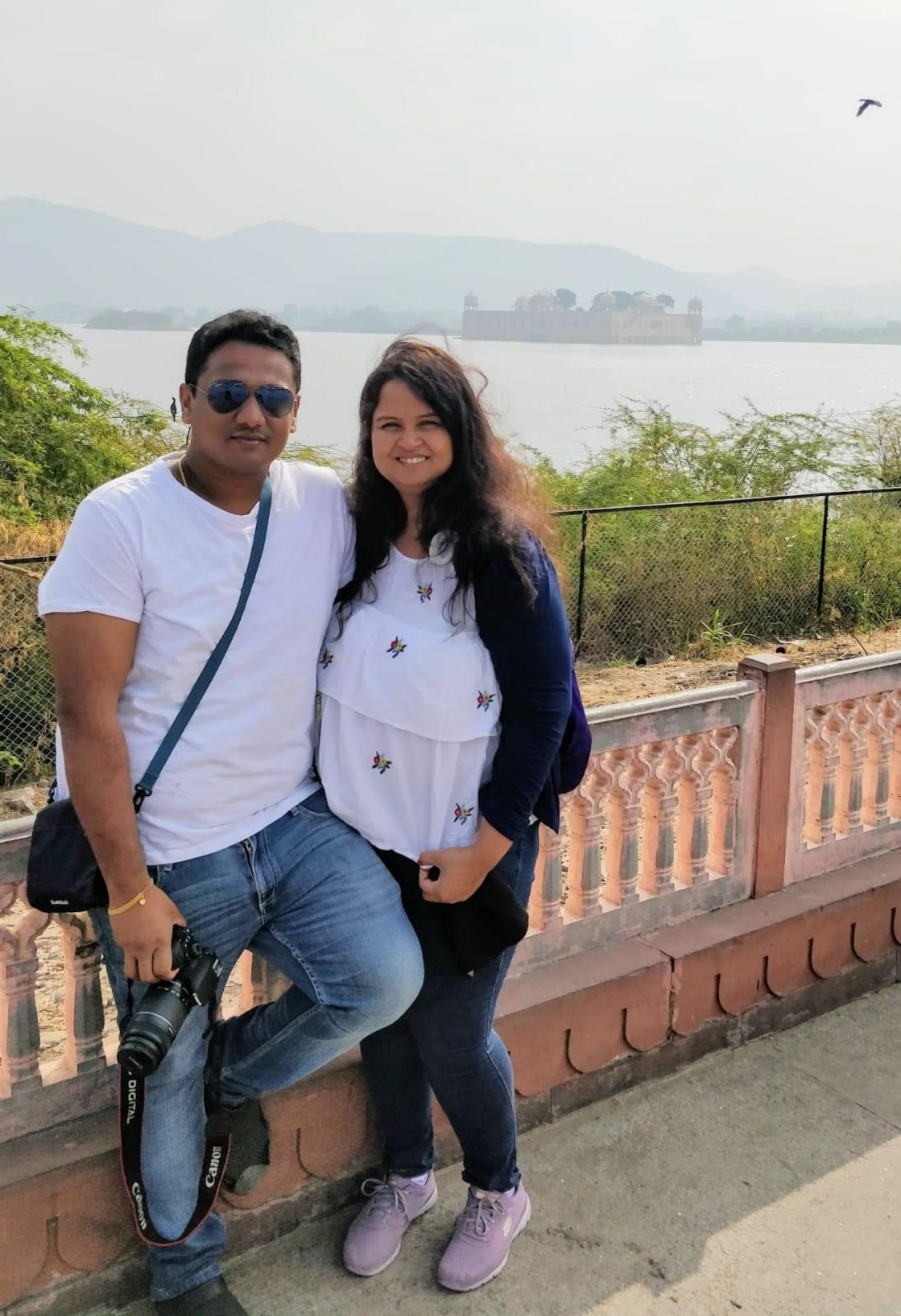
.jpeg?attachment_model=Upload&attachment_name=photo)
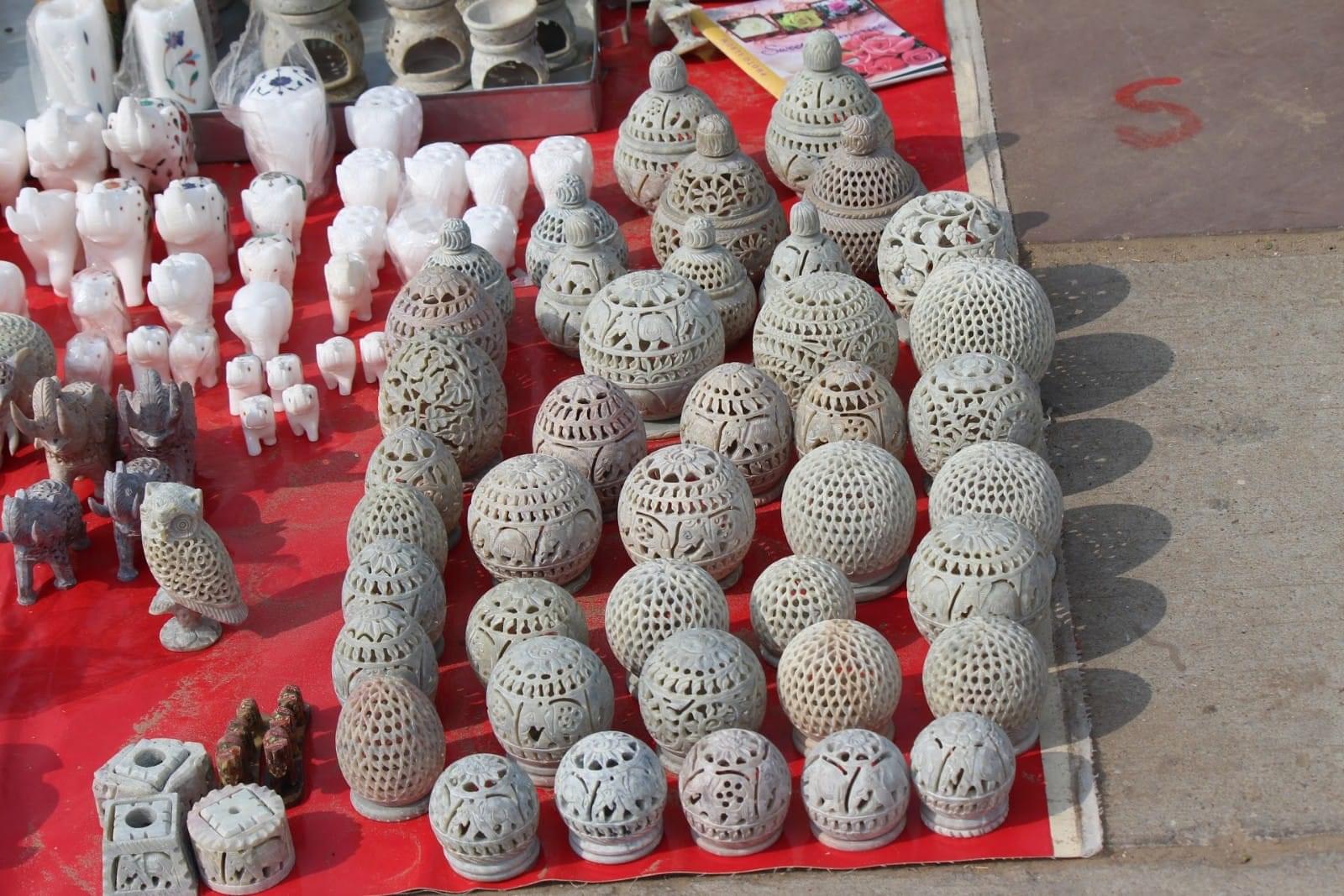
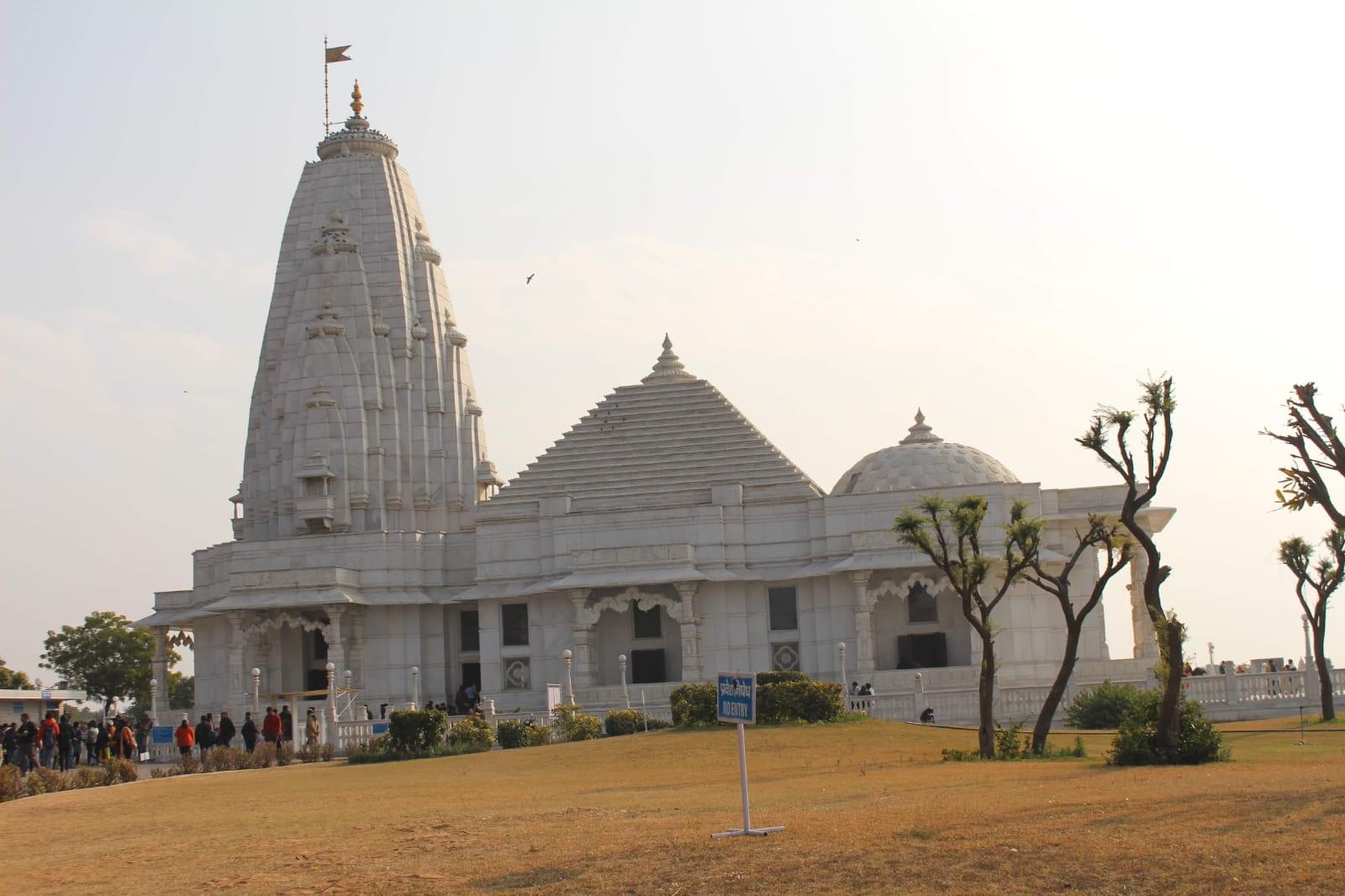
.jpeg?attachment_model=Upload&attachment_name=photo)
.jpeg?attachment_model=Upload&attachment_name=photo)
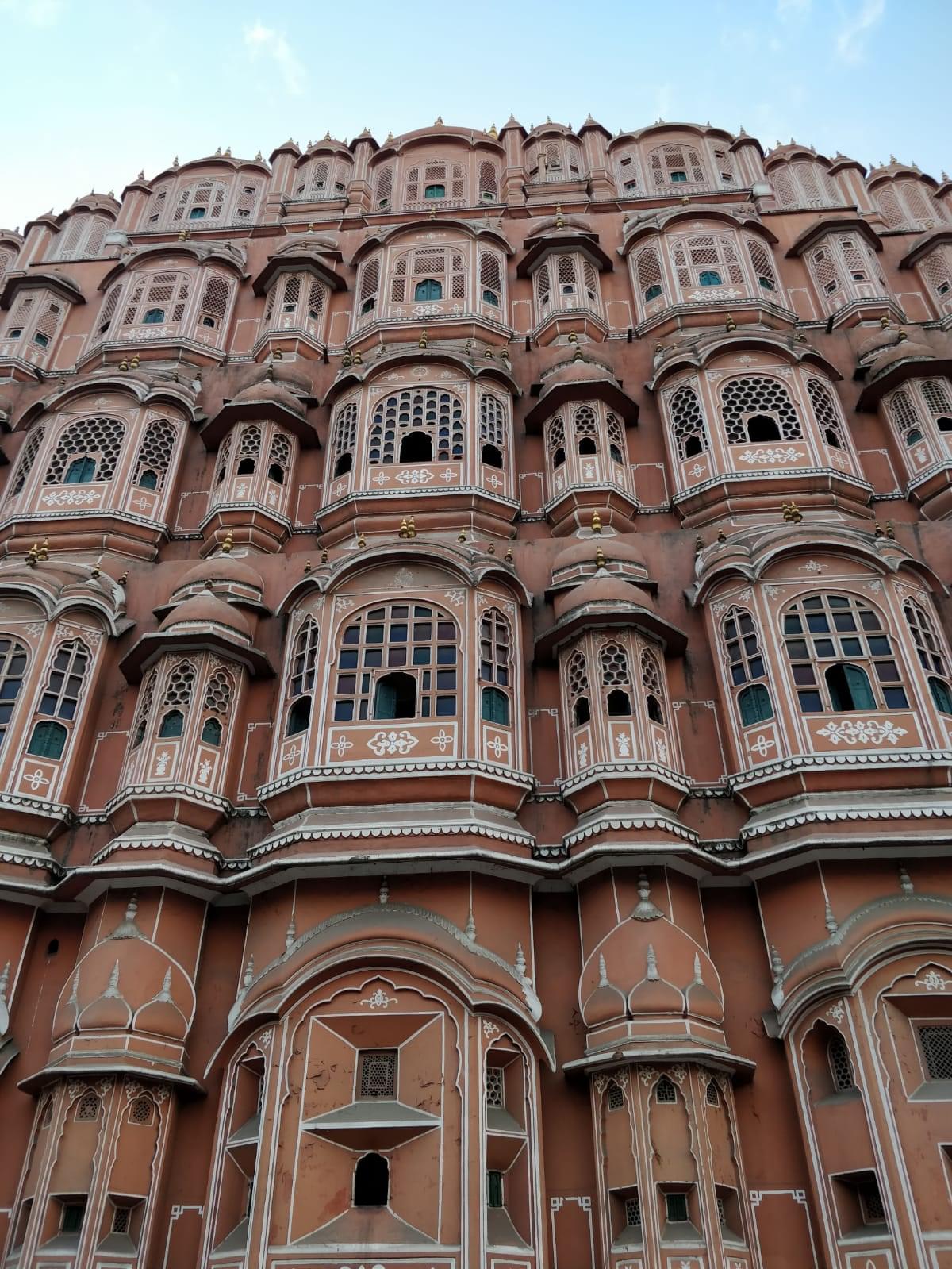
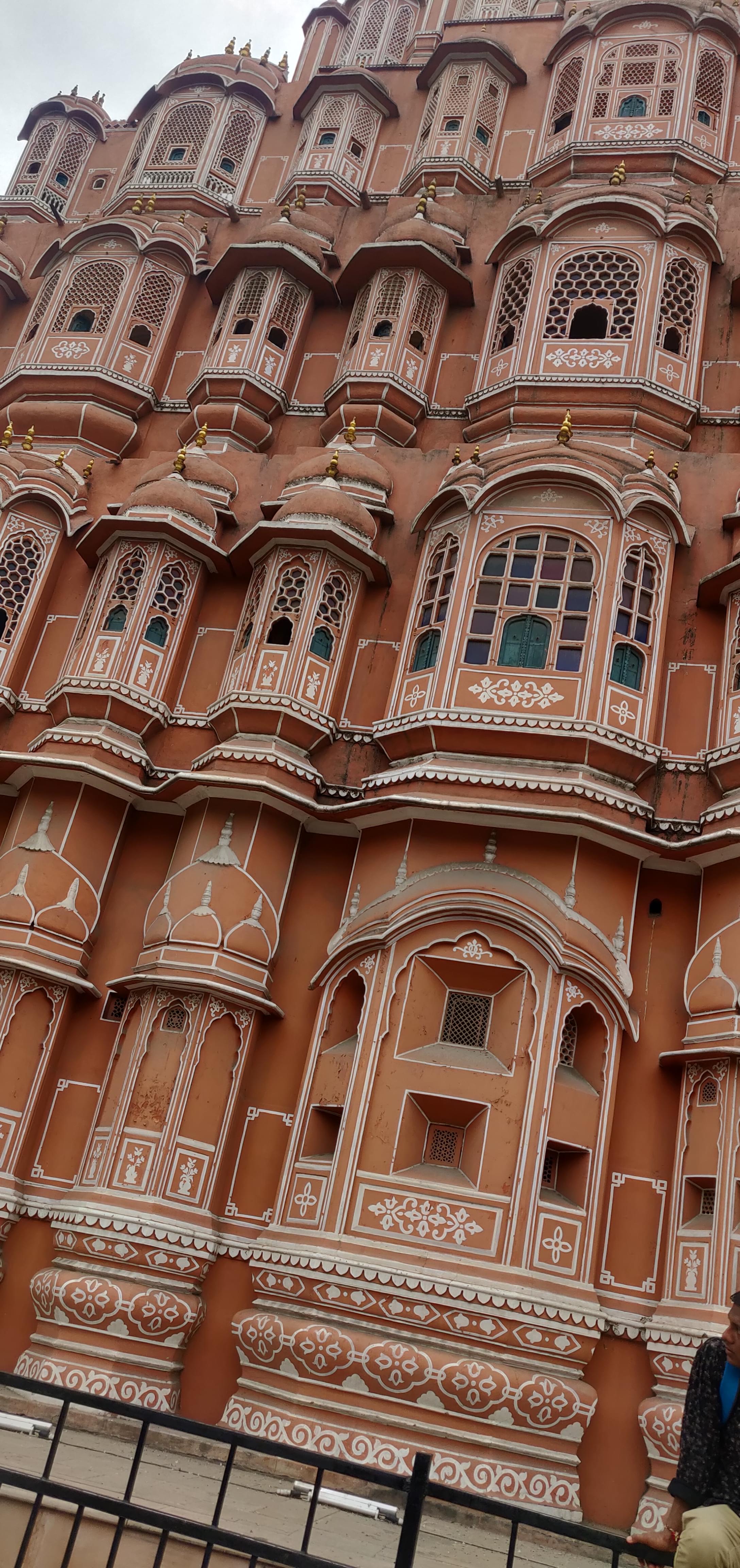







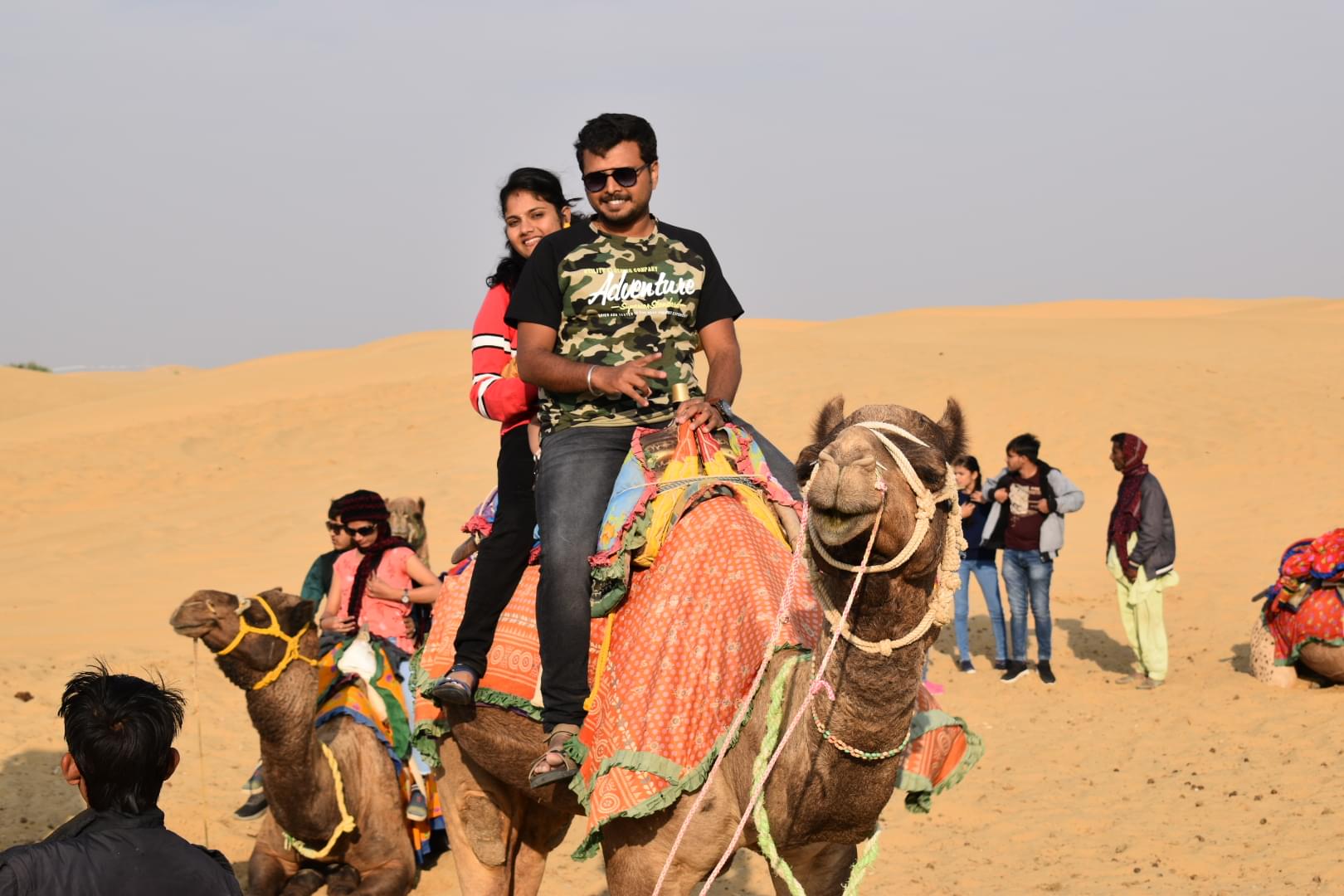
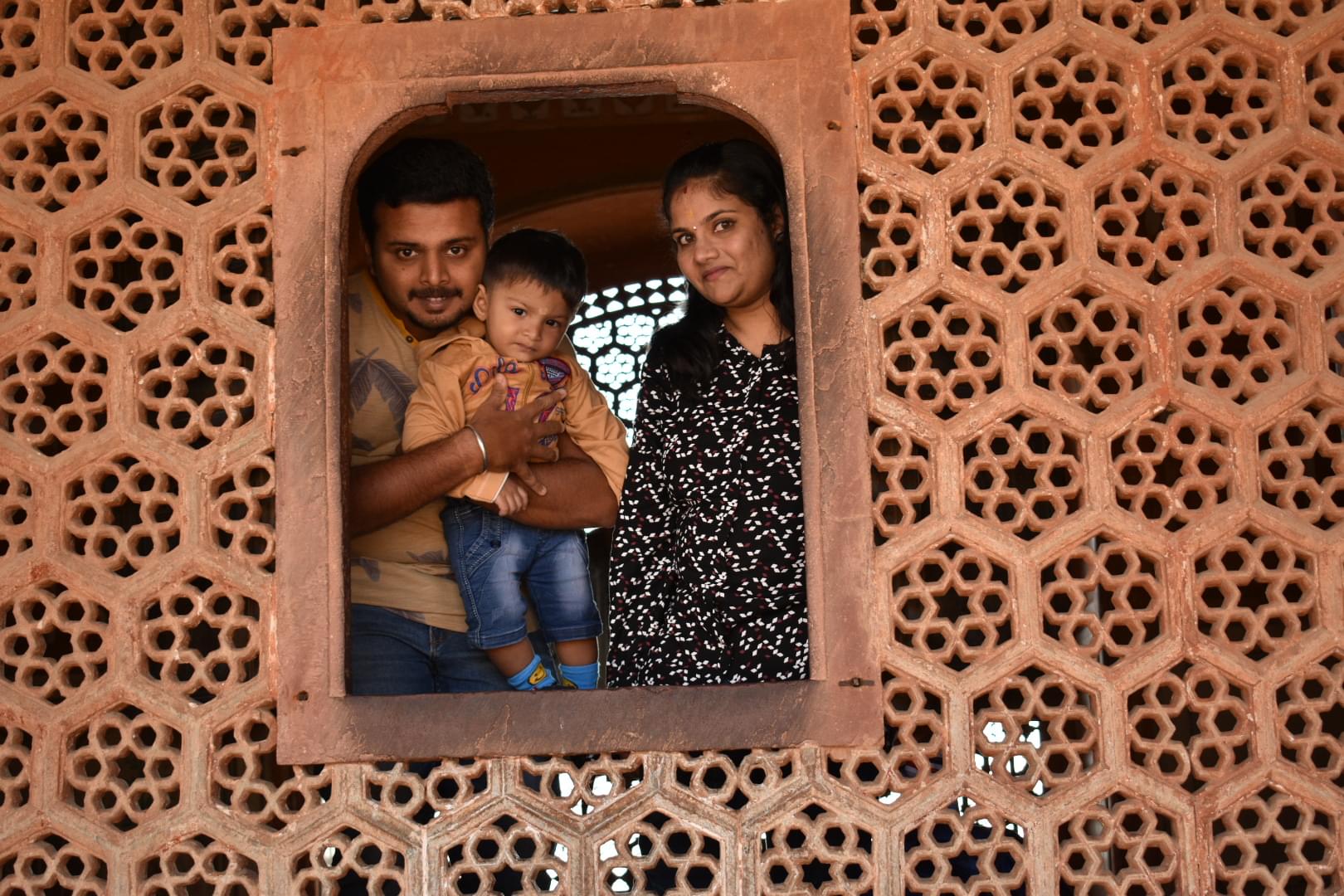
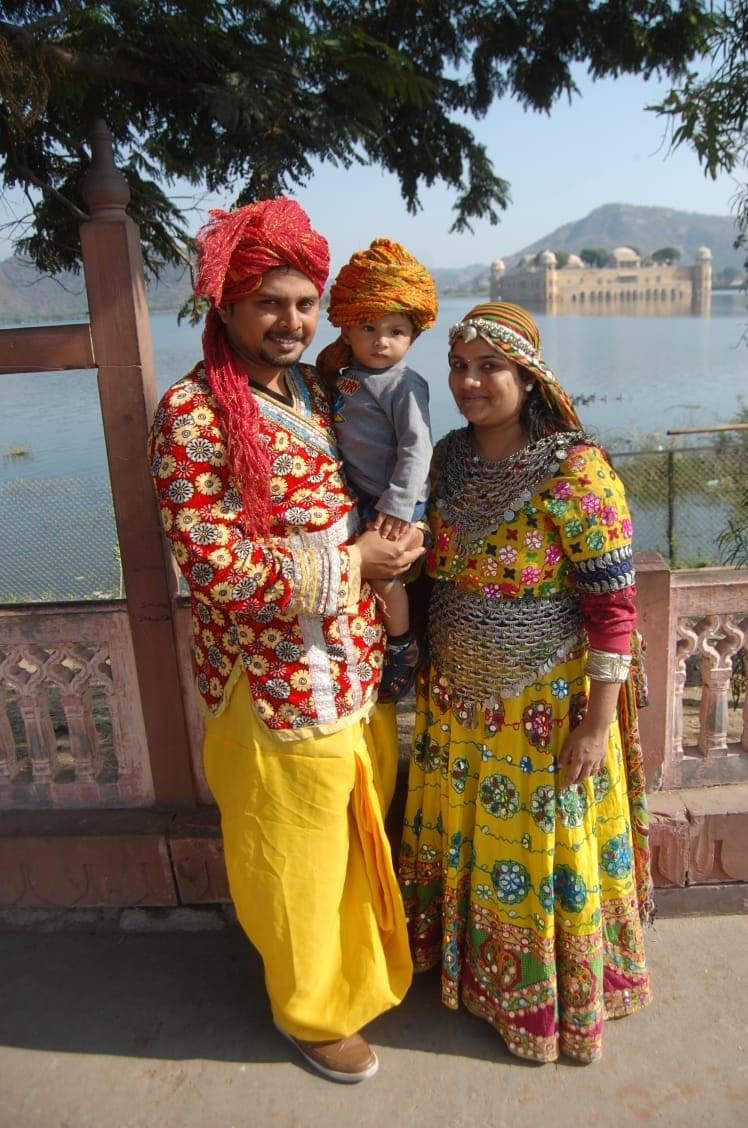
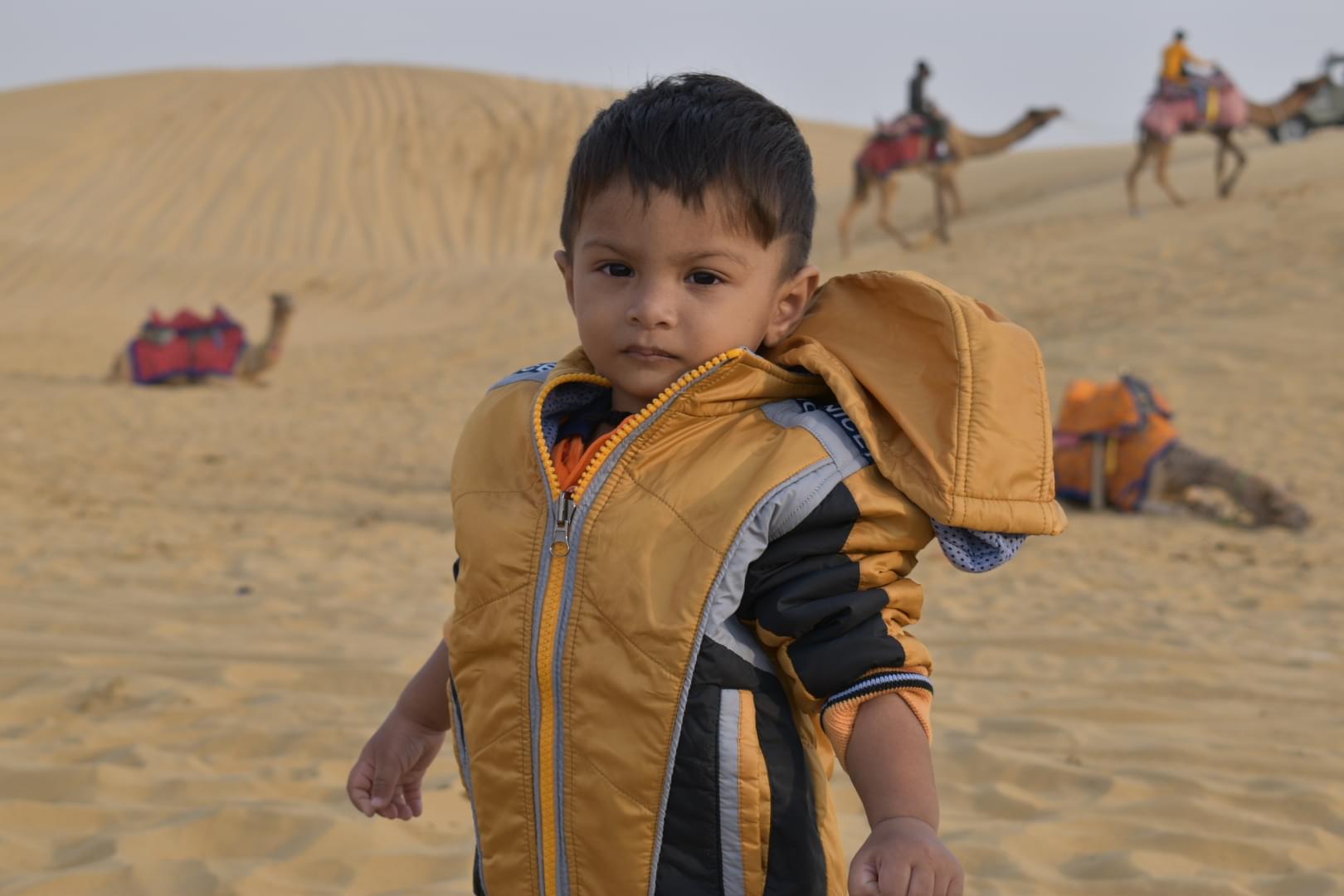

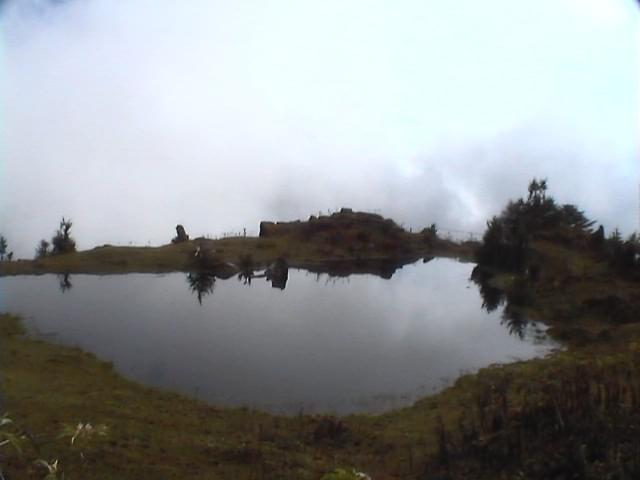
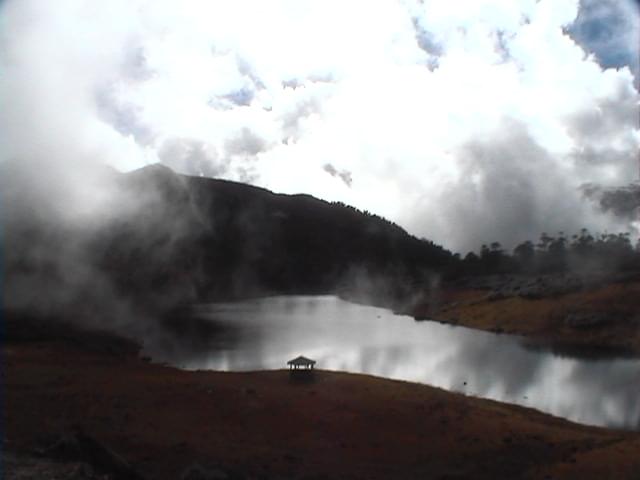
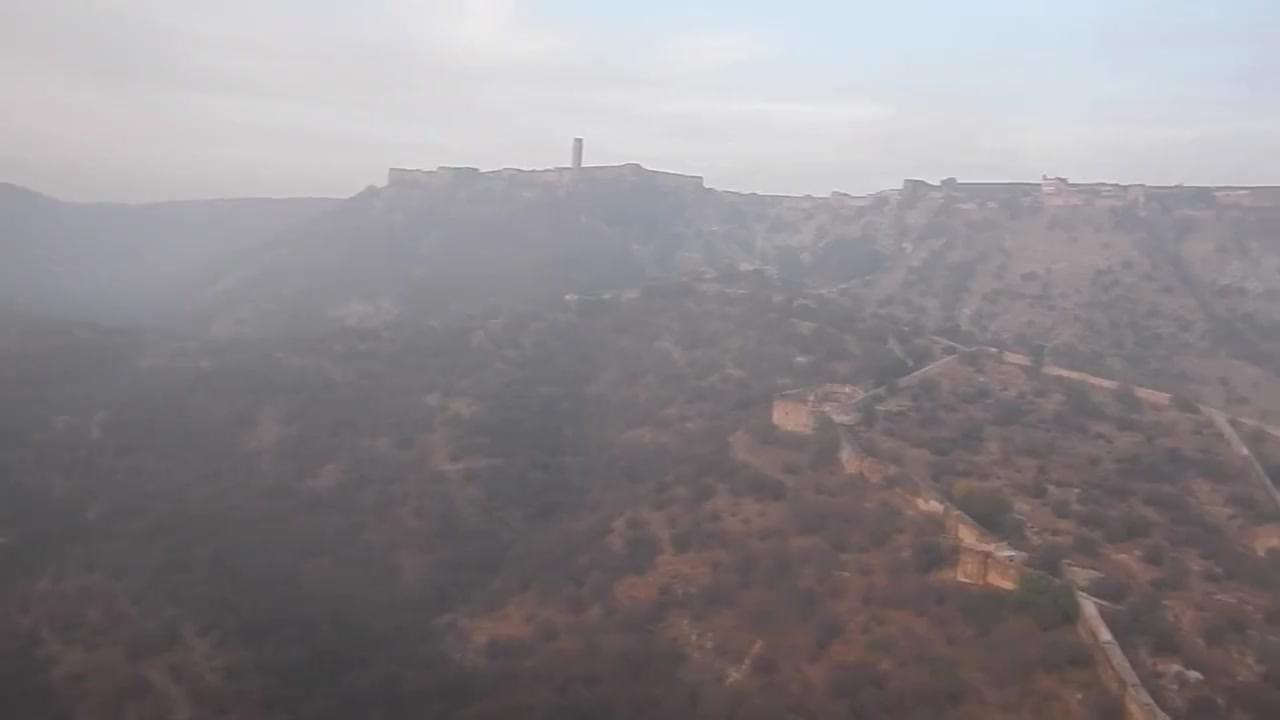
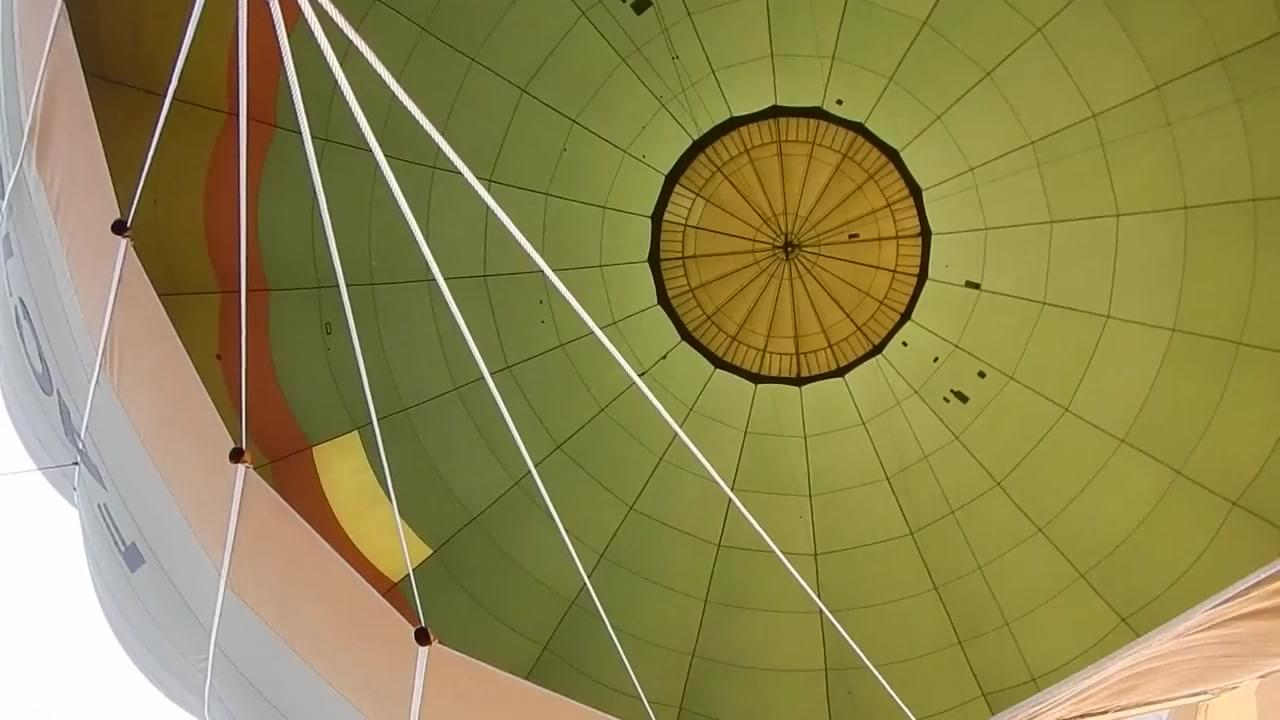


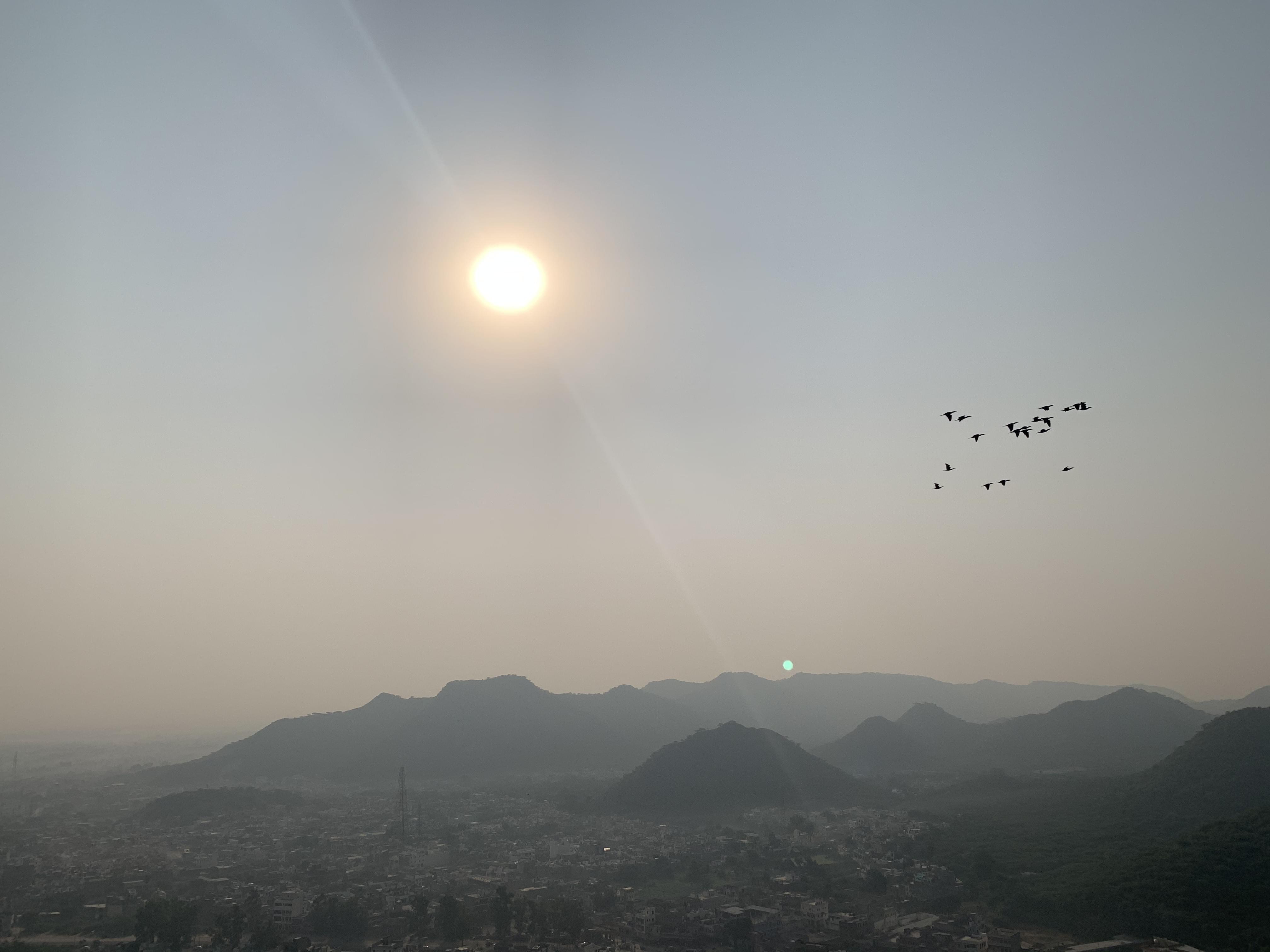
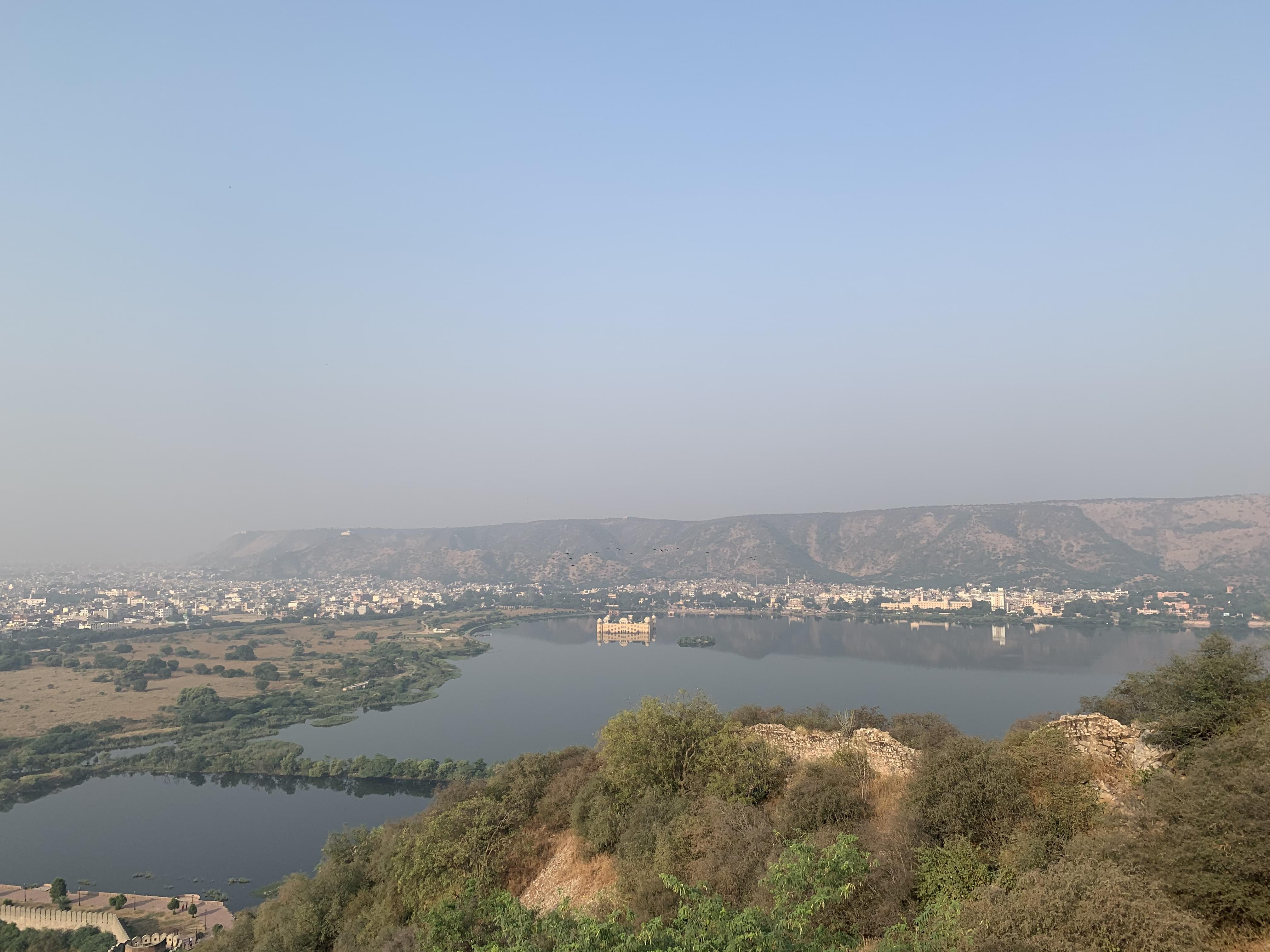
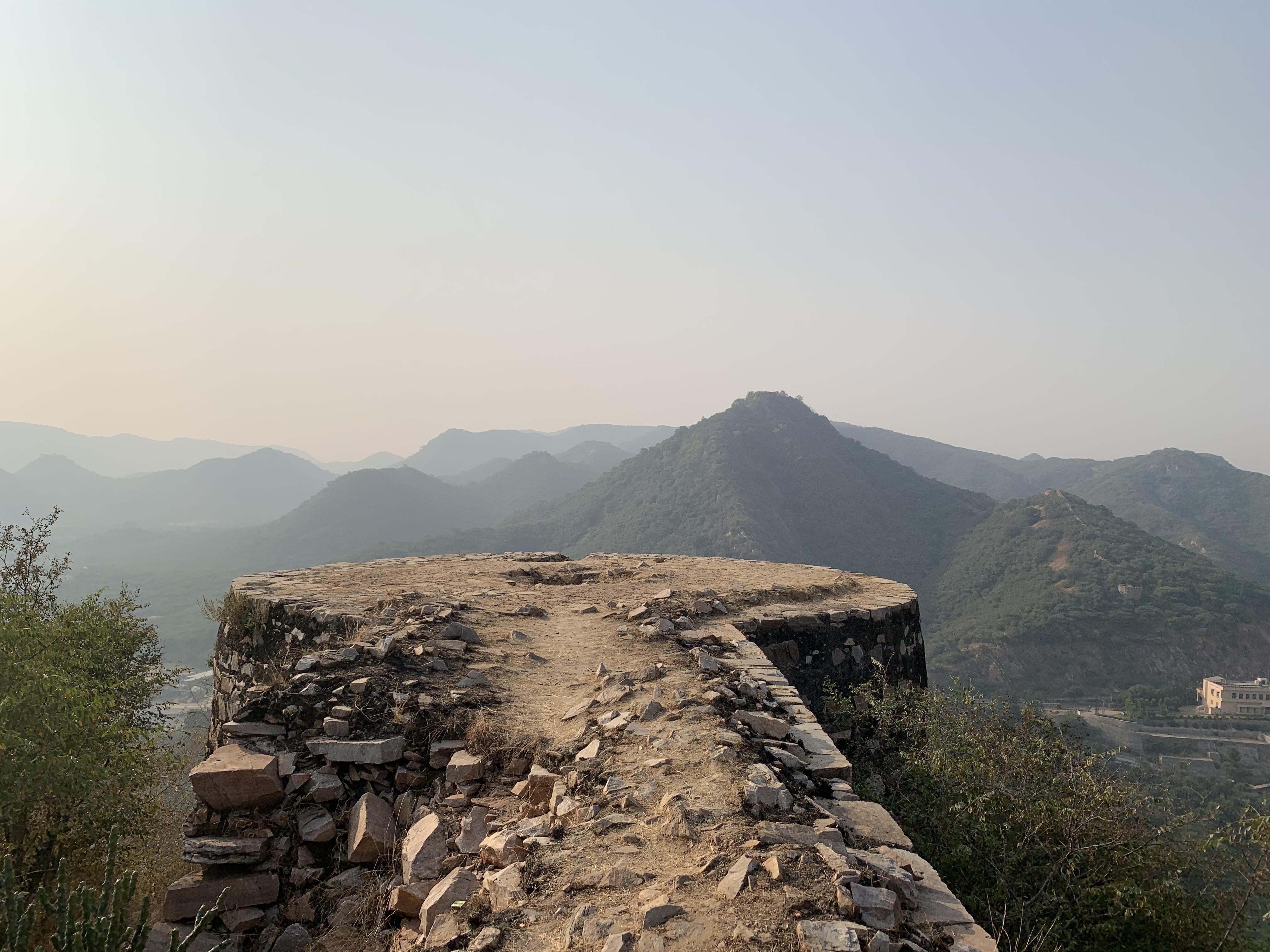
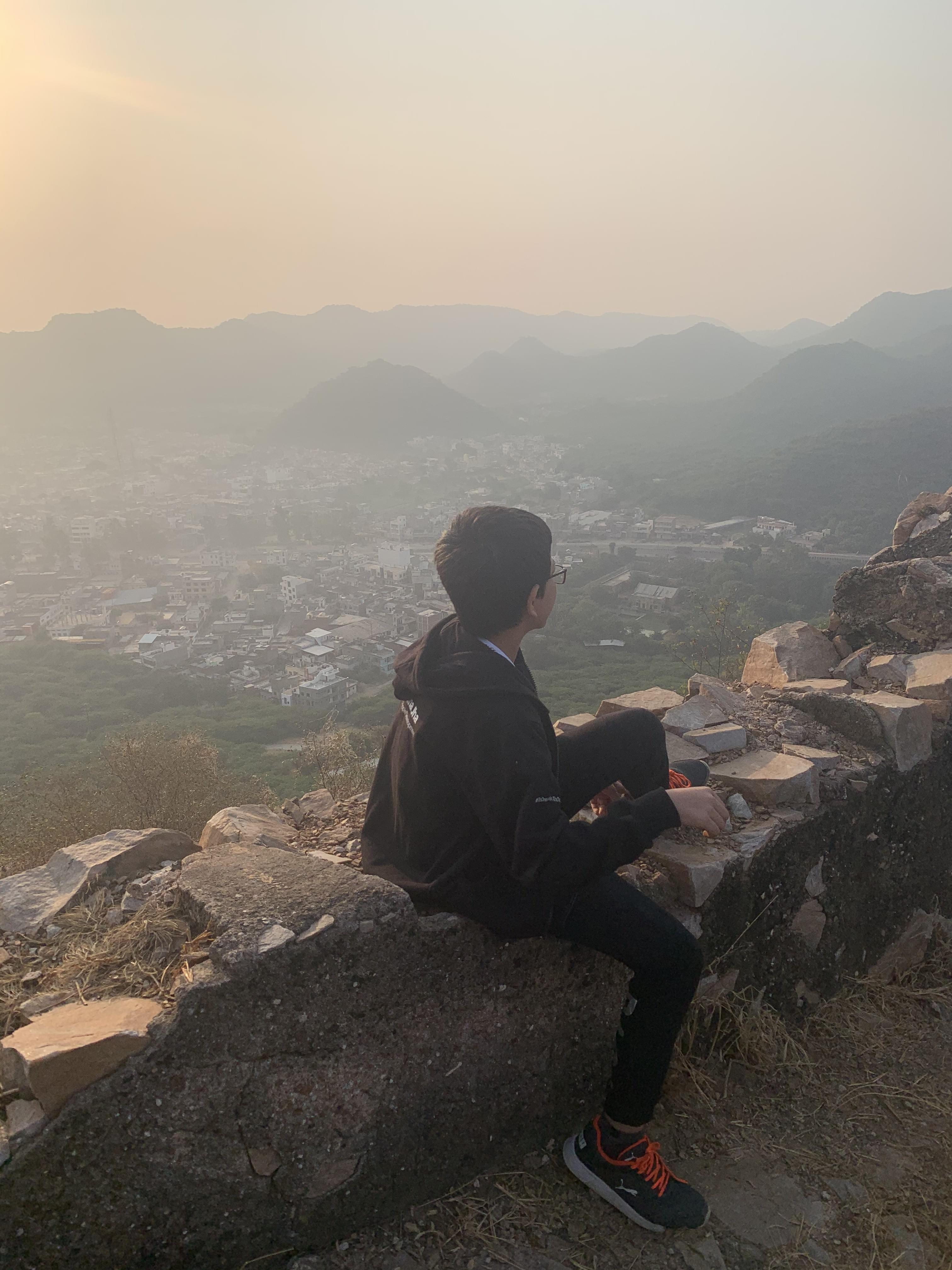
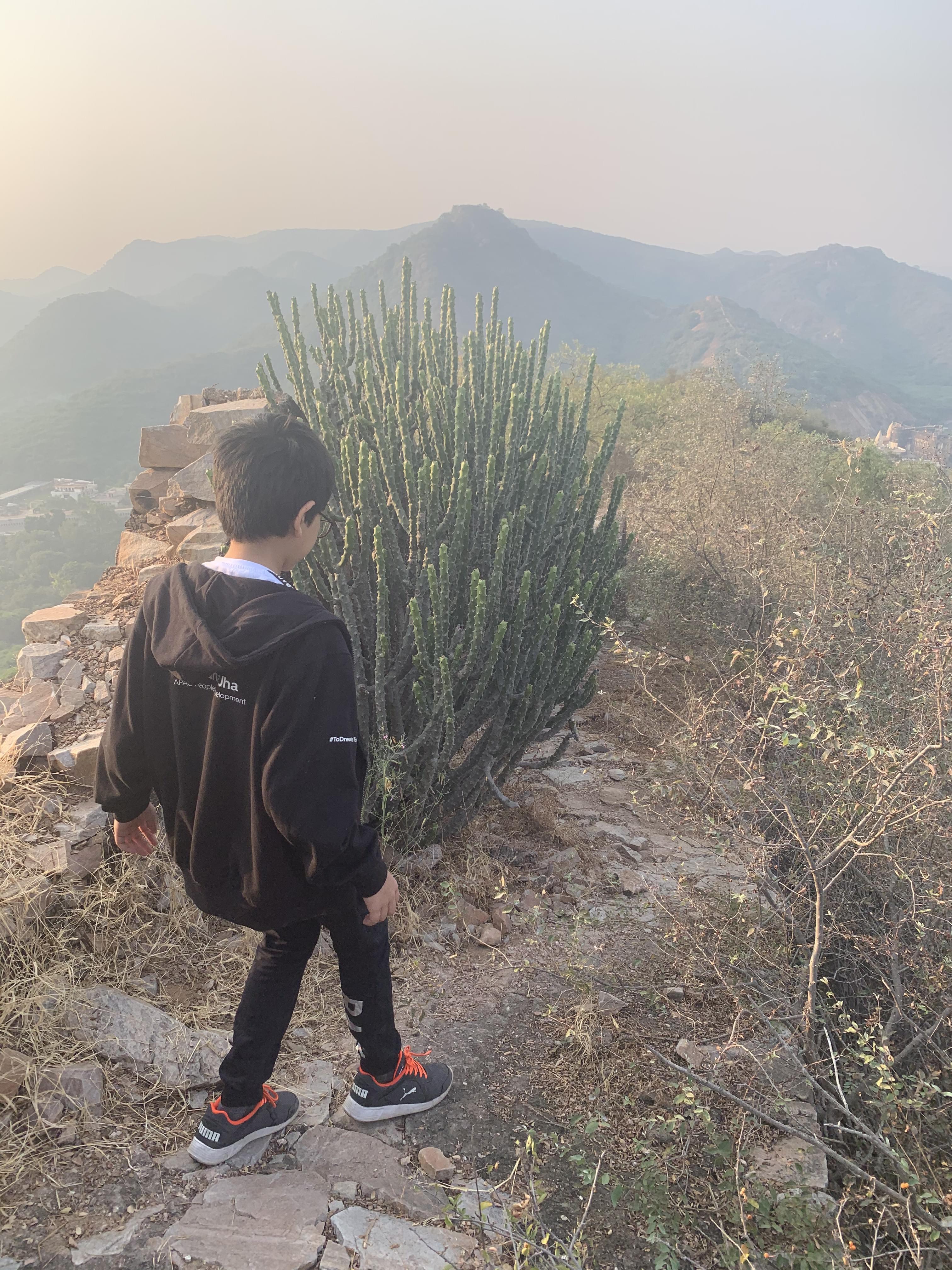
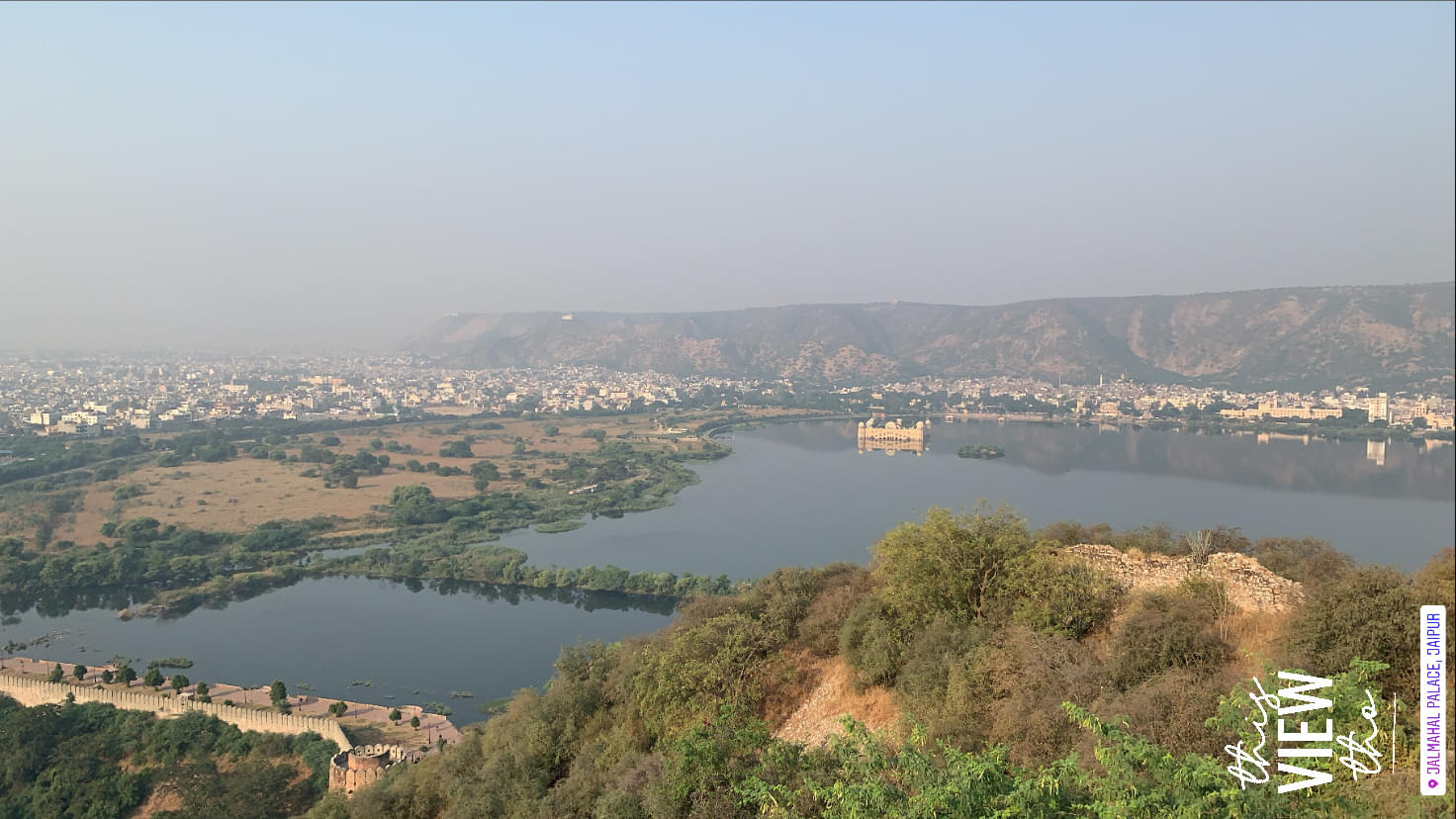
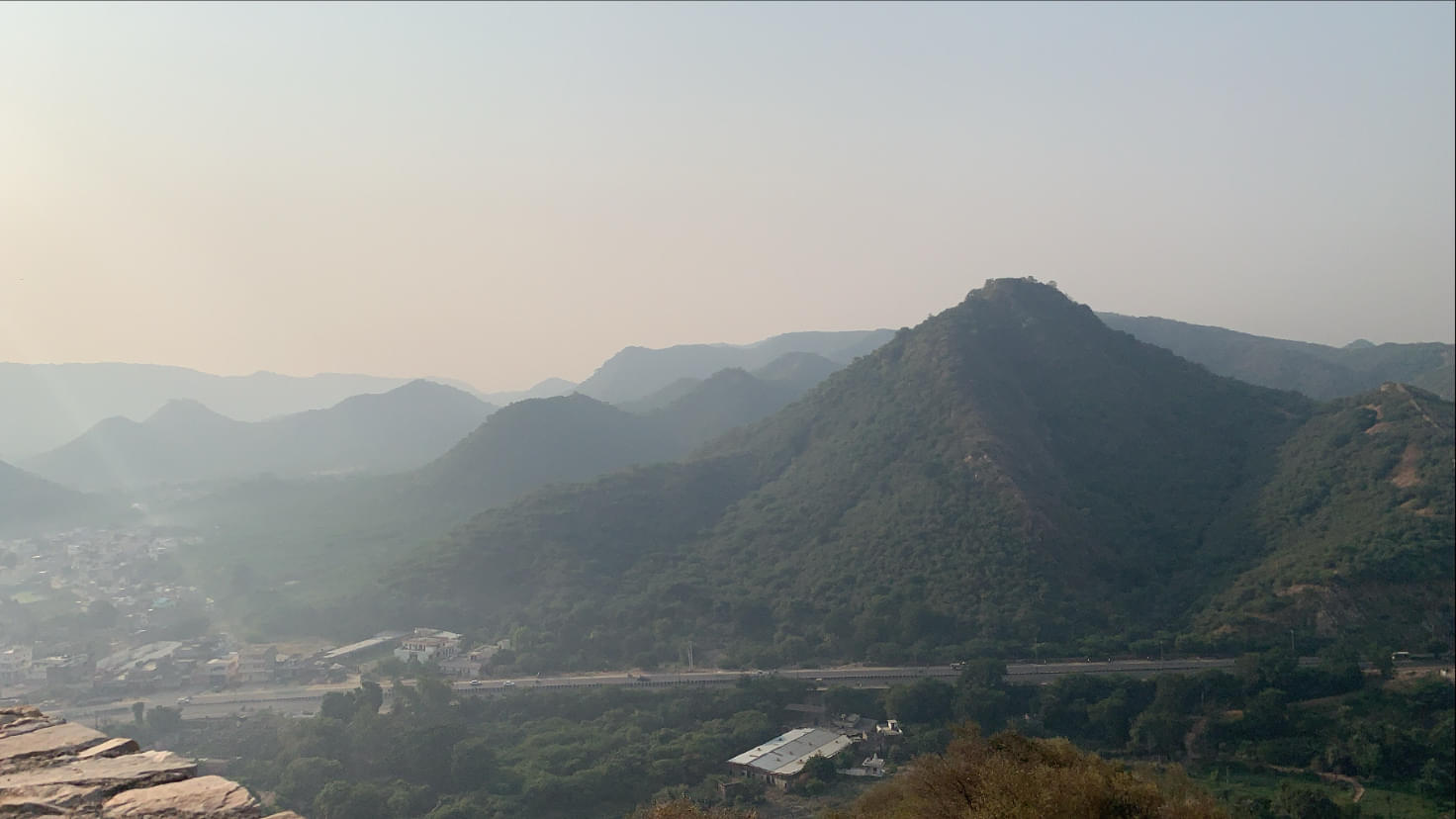





.jpg?gravity=center&width=250&height=170&crop=fill&quality=auto&fetch_format=auto&flags=strip_profile&format=jpg&sign_url=true)

